Introduction
The Leica M10 was announced on January 17, 2017, four days short of five years ago. I was in Wetzlar for the launch, which was a wonderful affair. First of all, we were wined and dined and then, after the presentation, the store was opened and you could go and buy your own camera. I know several people who were so excited that they bought both a chrome and a black camera!
The M10 has been a sparkling success, with lots of variants over the last five years, including the M10 Monochrom, the M10-D without a display screen, the M10-P with a touch screen and a quieter shutter, culminating in the M10-R with the improved 40MP sensor.
I think that many people have been feeling that the M10-R is really the ultimate M, with a wonderful sensor, quiet and subtle shutter noise, the size of the M3 and a refined and accurate rangefinder. I must say, having been using the M10-R since 2019, I was very much feeling that nothing else was needed.
So how can Leica convince us that anything else is needed? Indeed, is anything else needed? I’m going to try and answer these questions during the course of this article.
I’ve been watching all the speculation (and leaks) about the M11, and people’s responses to this have been very helpful in deciding what to write about in the article. I realise that my personal concerns aren’t the same as everybody else’s so it’s been valuable to get a handle on what other people mind about.
I’m hoping that this will be a useful resource to anyone who is about to receive their new camera (or has just received it).
Looking Around the M11
Let’s start by looking at what Leica has changed with the M11 (and there is a lot…).
Hardware
The Body
Superficially the M11 looks very much like the M10, the dimensions are identical and everything appears to be in the same place. However, a closer examination shows a lot of differences.
First of all, there is no base plate. This is quite an emotional issue for lots of M users (myself included). Removing the base plate to replace the battery or get at the SD card slot could be a bit of a pain, but it was also different from any other modern camera and more often rather a pleasure.
Of course, it also represented continuity with the very early days of Leica film cameras.
The base of the M11 holds a battery (and battery release switch which is the same design as that on the SL2 and Q2 cameras). The battery however is different. more about that later
New Button layout
Just like the M10, the M11 has three buttons to the left of the LCD, but unlike the Live View / Play / Menu options on the M10, they have been changed to Play / Fn / Menu options like the SL2. The Fn key defaults to turning on and off Live View, but it can be configured to any other function as desired.
The rear plate has been tidied up a bit — the buttons are now separate from the LCD, and the LCD is flush with the top plate and base of the camera.
The front configurable button on the M10 has gone, but there is a new button on the top plate (in the position of the Video button on the M(240). Like the Fn (above) this button can be configured to default to any particular menu option (I have it set to magnification like the old front button on the M10).
The third function button is accessed by a press of the rear thumbwheel: A short press of either of the Fn buttons will bring up the last selected menu option. A long press brings up the menu of available menu options, if you choose this, then it will be used as the default next time. The thumbwheel itself can be set either to Focus Assist or to Exposure compensation.
The four-way rocker switch hasn’t changed, but now it is used only for navigation and confirmation. Pressing the central button doesn’t bring up the status screen as it did in the M10 since all the status information is now included on the Quick Menu screen.
To summarise, there are now three function buttons, each of which can be configured as desired and the thumbwheel can be used in the same way as the M10. I’ll go into the Menu options in more detail later on.
The Finish
Apparently, the black-chrome process has become un-ecological to continue with. So the new M11 comes with two finishes:
First, a traditional silver chrome with a brass top plate, as before.
Second, black paint finish with an aluminium top plate. The new black paint is a modern solution and kinder to the environment.
The camera is also 20% lighter than the chrome version (530gm vs 640g). This is quite a significant difference and will be relevant to many buyers. It also has a seriously tough finish.
After seven months and trips to sandy beaches in Crete and through rainstorms in the UK, the finish shows only minor signs of being slightly shiny on the corners (with the same treatment the SL2 and my Q2 Mono looked decidedly worn, with worn corners and lots of bright points). I’ve been using a shoulder strap that rubs against the camera all the time (with no protector) and there is little sign of wear on the paint above the strap lugs. What’s more, the black finish is more ‘grippy’ than either the chrome or the old black finishes.
As I understand it, the finish is the same as the Reporter editions of the M10 and Q2, except that it’s black rather than green.
New Battery
One of the obvious shortcomings of the M10 was the battery life, especially when using the EVF. The new battery for the M11 is properly weather-sealed and fits into the base of the camera in the same way as the Q2 and SL2 battery (with a similar latch mechanism).
It would have been good if the new camera had used the same battery as the Q/SL, but in that case, they would have had to have a new compartment to hold the SD card, and as always with the M cameras, space is at a premium.
So the new battery leaves room for an SD card slot on one side of it, the only downside is that the release lever is obscured when the camera is mounted on a tripod, it would have been nicer if you could change the battery or card without having to take the camera off the tripod. On the other hand, with the greatly improved battery life and the internal memory perhaps that isn’t quite so relevant.
The battery life is really much better (CIPA suggests 700 images per charge), On occasions, I’ve used three batteries in a day with the M10, but on the M11 I’ve never exhausted a battery in a day’s shooting, even with the power saving switched off, and using the EVF full time.
64Gb high speed internal memory
The internal memory is an alternative to two SD card slots (and presumably takes up less space).
If like me you are prone to grab a dog and a camera and head out into the world, only to find that you left your SD card in your computer, then the internal memory is a real bonus. The only downside is that you have to connect to the camera via the USB cable to get files from it, either that or else copy files from the internal memory to an SD card (which is simple and works well).
You can choose various ways to handle the internal storage together with an SD card. Currently:
- SD first (uses SD until full then internal)
- Backup (writes files to both together)
- Split (DNG on internal, jpg on SD)
- SD Only
- Internal first (uses internal until full then SD)
What’s missing is the other Split:
- Split (jpg on internal, DNG on SD)
I would find this very useful for event shooting; using Fotos for quick access to social media with the jpg files, which would also serve as a backup to the DNG files which would be put on the computer later via the SD card. It’s been requested, and I’m hopeful that it’ll turn up on the next firmware update.
The internal memory is extremely fast. In my tests, it is slightly faster than a SanDisk 128GB Extreme Pro 300mb/s UHS-II SDXC for short bursts and about 20% faster for extended shooting.
High Speed Shooting and the Buffer
The camera also has a 3GB buffer, which is enough for 15 DNG images and as many as 100 JPG images. There are two high-speed shooting modes, one at three frames per second and the other at 4.5.
New Maestro processor
The M11 has the Maestro III processor which is used in the SL2 and the Q2 to allow much faster processing and better power consumption. To be fair, I never found the M10 to be slow, and the M11 doesn’t feel very much faster.
New 60MP Sensor & Image Quality
The M11 has a new 60MP BSI CMOS sensor. The base ISO is 64, so that’s an improvement as well. The DNG files from the M11 are a joy to work with in Lightroom.
High ISO is about 1.5 stops better than the M10-R (which is still very good), but there is generally more detail available as the resolution is higher. I’m happy to shoot at ISO 5000, and 6400 is very usable and 12500, while losing some detail, still has good colour.
The M11 also shows noticeably less vignetting than the M10-R, while the excellent colour feels more ‘realistic’ (although perhaps not so charming). Skin tones are excellent, in my opinion, better than any previous M camera. I’m not a fan of Auto White Balance in daylight, but as a result of literally thousands of image samples being sent into Leica during the testing period this works very well (in artificial light too)
The dynamic range seems to be very good (but I don’t really have a way of measuring it); it is at least as good as the M10-R and probably a little better, although I found it very slightly easier to blow highlights than with the M10-R (the M11 is still much better than the 24MP M1o).
The amount of detail at 60MP is quite startling and suitable for very big prints.
Full Time off Sensor Metering
All previous M cameras with built-in metering (with the exception of the M5) have metered off the shutter curtain. The M240 and M10 also metered off the sensor in Live View.
The M11 has dispensed with this, and now metering is only via the sensor. This has the advantage that the metering is much more accurate (with multi-point, centre-weighted and spot metering options).
Live View metering is inherently slower as it means that the shutter must be open to take the reading and then shut and re-open to make the exposure: With the M240 and the M10 shooting was much slower than with Live View switched off (and metering off the shutter curtain), this isn’t the case with the M11, but I’ll deal with responsiveness later on.
Electronic shutter
With the M11, like the SL2, you can choose
- Mechanical
- Hybrid
- Electronic shutter
With the mechanical shutter, you have the same limit of 1/4000s as the M10. Hybrid uses the electronic shutter when the speed required is over 1/4000s, Electronic uses electronic shutter at all speeds. The Electronic shutter goes up to 1/16000s.
The electronic shutter is fantastic for using fast lenses in bright light, but not for capturing sports or fast-moving action. The readout on the electronic shutter takes about 1/10s (CMOS sensors read line by line). This means that if objects are moving fast through the frame then you get tilted verticals and you may also get banding in artificial light,(depending on the shutter speed and the light source) but for static or slow movement when you want to shoot wide open in bright light it’s a real asset. These issues are found in many cameras which have progressive electronic shutters.
It’s worth noting that if you have set the camera to electronic shutter and you want to select shutter speeds above 1/4000s then you need to set the shutter speed dial to B, and you can then select the desired shutter speed in the menu.
USB-C
The camera has a USB-C connector on the base at the extreme right (looking from the back). Not such a big deal you might think, but actually, this is a real game-changer. I’m going to discuss this at length later on in the article (under Cables and Compatibility, and also in the Fotos section).
Enough now to say that it works really well for charging the camera (and quickly), and also for connectivity to computer/tablet/phone. There is no cover for it (just as there isn’t in most modern phones), but it is weather-sealed and dust doesn’t seem to be a problem.
To connect to an iOS device with a lightning port you’ll need Leica’s special MFI-compliant cable. To connect to most other devices a USB-C to USB-C cable works fine, although I found difficulty connecting with an Apple USB-C Thunderbolt 3 cable. All USB-C cables are not made the same! My feeling is that the M11 is less fussy than some of the other devices I’ve tried to attach.
The New External EVF
The new EVF is a 3.7MP OLED display, which sounds very much like that in the Q2 and certainly, it feels that good.
It’s very nicely made out of metal, tiltable, with magnets to stop it tilting when you don’t want it to! It has clear and useful detents at 45 and 90 degrees.
The Visoflex 2 suits the camera really well, flush with the body at the front. Although it’s bulky, it’s not as tall as the previous EVF, which means it fits better in your bag. The hot shoe connection is much more positive as well, making it less likely to fall off. Mind you, a lock would have been nice, especially with a price tag of £600!
There is still some ‘black out’ after shooting, and so it isn’t quite so good for continuous shooting as the Q2.
Comparing it to the previous EVF on my M10-R, the image is much larger and brighter and more detailed.
In this case, the proof is in the use. With my M10 I almost never used the EVF, but with the M11 I’ve used it extensively. I think those who are lucky enough to have Noctiluxes will be very happy with it as well.
The new EVF will also work with all M10 variants, there will be a firmware update to enable this function which is due in March 2022).
Firmware
Variable Sized DNG Files
This is an interesting idea, and I’m not aware of any other company doing the same thing. This is not a crop, it’s a full-frame image, but with a lower megapixel count — at 60, 36 or 18MP. They use Pixel Binning to achieve this.
Three different sizes
- 60MP 9504 x 6320
- 36MP 7416 x 4928
- 18MP 5272 x 3498
I’ve done some pretty careful test comparisons of the different image sizes, and although there is an improvement in noise levels with the lower pixel counts (as you might hope for), reducing a 60MO image in post-processing software has a similar effect.
On the other hand, I’m always reading about people who don’t want the increased storage space of higher megapixel files, and this gives you the best of both worlds in that you have the opportunity of more pixels, but you can shoot at lower pixel rates for less important shoots or when storage is at a premium.
If you shoot DNG+ lower resolution JPG files then the JPG files also have the lower resolution.
Digital Zoom (Crop Mode)
This works the same way as on the Q and Q2, and you need to use it in conjunction with the rear screen or the EVF.
- Off 9504 x 6320 (60MP)
- 1.3x crop 7680 x 5104 (39MP)
- 1.8x crop 5248 x 3472 (18MP)
This can either be chosen through the menu or it can be allocated to one of the function buttons. You choose 1.3 crop or 1.8 crop and Live View frame lines are brought up separately for each crop. The EVF/LCD still shows the entire sensor.
If you are shooting with a 28mm lens that equates to approximately 36mm and 50mm; with a 35mm lens it will be approximately 45mm and 64mm and so on. The EVF shows the only the frame line for the chosen crop (1.3 or 1.8)
The DNG file shows as cropped in Lightroom: Using the crop tool will show the whole image with the crop lines. (Again, just as it does in the Q2)
If you have selected a lower resolution DNG or JPG file and then you choose Digital Zoom the camera will revert to full-sized DNG/JPG (quite right as well).
Apple MFI Compatibility and Fotos
MFI compatibility means that the M11 is the first Leica camera to be accredited by Apple to be compatible with iOS for both the iPhone and the iPad. this means that there will be much better GPS tagging using low-power Bluetooth later on in the year.
The M11 already has the fastest WiFi file transfer to Fotos of any Leica camera, and this will be improved further later on in 2022.
In the meantime, Fotos 3.0 has been released together with the M11, this allows connecting both by cable and by WiFi, and you can now filter selections by Favourites, and File Type, Downloaded / Not Downloaded.
Downloaded images can be transferred directly to Lightroom.
Remote control and ‘Tethering’ both work reasonably well with the M11, both with cable and with WiFi.
However, this is all rather a work in progress, and an expected firmware update and some Fotos updates will improve things incrementally over the next year. Specifically, coming later in 2022 are:
- 5 GHz dual band IEEE802.11 Wifi
- Bluetooth connectivity (low power)
- GPS geotagging from your phone to the camera.
Cables and Compatibility
If you want to connect to your iPhone, the camera comes with a braided and branded Leica cable which is Apple MFI compatible. If you want to connect to an iPad or Android device then you will need a USB-C to USB-C cable or you can use the cable which comes with the charger. I’ve tried various cables and most seem to work okay (with the possible exception of Thunderbolt 3 USB-C cables). It’s worth mentioning that lots of devices are fussy about USB-C cables (which are not all the same).
Connectivity via the USB-C cable to Lightroom and Photos will also be improved later in the year. You can select PTP or MFI for the USB mode in the camera settings. Later on, if you select PTP you will be able to see the thumbnails for the DNG files (currently just a symbol).
PTP and MFI
PTP stands for Picture Transfer Protocol. This was developed by the International Imaging Industry Association to allow the transfer of images from digital cameras to computers and peripherals without the need for additional drivers. It shows the device within the application, but not in the Explorer/Finder screen.
MFI stands for Made for iPhone/iPad and is a licensing program for developers of hardware and software peripherals that work with iOS devices. Leica has passed the certification for this (it’s displayed in the Camera Information / License Information section of the menu.)
If you are planning to use the USB to connect directly to Lightroom or Photos on your computer then it’s probably worth shooting DNG+JPG for the time being (until you can see the thumbnails in the DNG files).
Changed Menu System
The Menu system has been changed a lot to reflect the menus in the SL2 and Q2. This might not be to everyone’s taste, but it has to make sense. I’m certainly grateful as it makes event shooting with the M11 and the SL2 much simpler.
Pressing the Menu button once brings up a touch screen quick menu just like that on the SL2 and Q2. Pressing it twice takes you to a favourites menu with items that can be switched off and on in the Customise Control / Edit Favourites tab. If nothing is chosen then the favourites menu is omitted and the second press of the menu button takes to the menus themselves.
With the M10 I found the favourites very useful, but with the M11 the quick menu really has everything you are likely to need quickly, and the main menus are better organised than they are in the M10 (at least, this is pretty subjective stuff, but I like them better).
The Quick Menu screen replaces the old status screen which was raised by pressing the centre button of the four-way controller on the M10 (this only acts as an OK button for menu selections).
The Lens Detection menu is much improved, with an option to ‘Edit List of M lenses’ and also ‘Edit List of R lenses’. When you choose this the list presents all the lenses just as it did with the M10, but you can switch lenses off and on. This means that if you just have a couple of uncoded lenses, when you choose Manual M you are presented with those lenses (with Edit List at the bottom). For example, my list looks like this:
- 35 f1.4 11869/11870/11860
- 90 f2.8 11807/11808
- 50 f1.4 11868/11856/11114
- Edit List of M lenses
As before, it remembers the last-used uncoded lens and sets that as the default.

Leica M11 ISO 100 1/160th f11 Wide Angle Tri-Elmar at 16mm
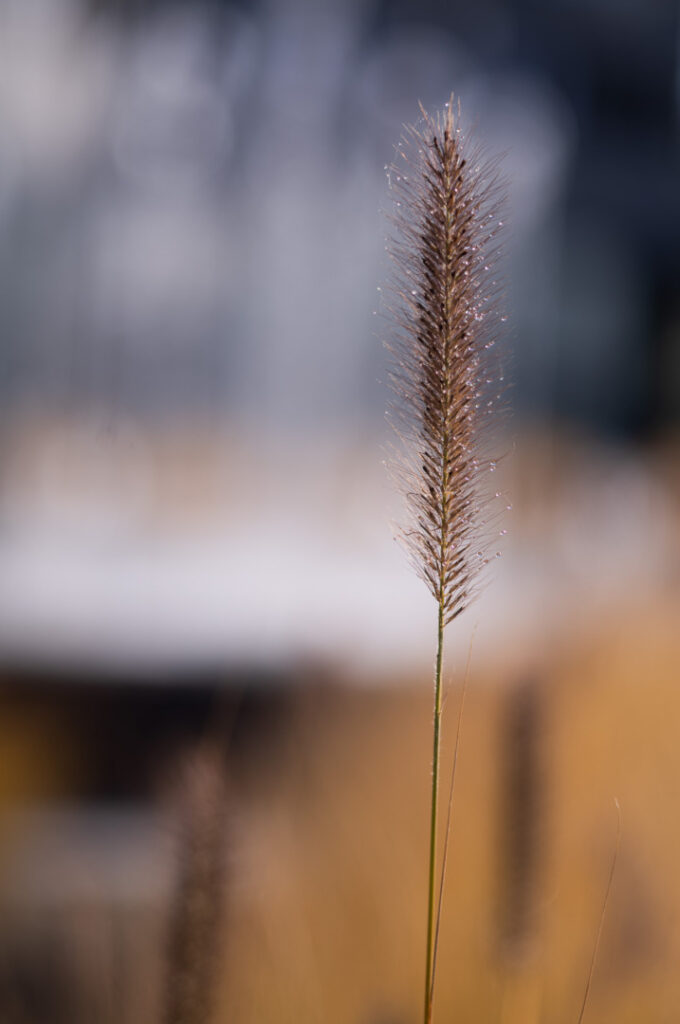
Leica M11 ISO 64 1/3000th f3.4 75mm APO Summicron Asph
Things worth talking about
Startup time and Power Settings
I’ve compared the startup/wakeup times to that of the M10 as best as I can. If you are using Live View, then the image comes up on the LCD / EVF on the M10 about 1/2 second more quickly than on the M11. On the other hand, with Live View switched off on both cameras, if you hold down the shutter and switch on the camera, then the M11 takes an image about 1/2 second before the M10.
However, the greatly improved battery life on the M11 proves to be a real lifesaver here. Under Menu / Camera Settings / Power saver mode I have Camera Standby set to Off, and Display Standby set to 30 seconds.
This works very well, wake up is almost instant, and the battery doesn’t drain fast if you aren’t shooting, even with the EVF attached (unlike the M10 where the EVF seemed to drain the battery incredibly fast).
During the testing period (seven months) I’ve only had one battery, and (as long as I remembered to charge it) I’ve never managed to exhaust it during a day’s shooting – even with the EVF attached and power-saving turned off.
Full time exposure metering and shutter lag
The shutter lag using the M10 with Live View was noticeable, and significantly longer than with Live View turned off (because of the need to close the shutter before opening it for the exposure).
The M11 is effectively in Live View all the time (even if the EVF/LCD are turned off). This means that the shutter must first close before opening it for exposure (just like the M10 in Live View).
I wanted to find out whether the M11 suffered from shutter lag the same way as the M10 did with Live View, but it’s hard to measure shutter lag! In the end, I devised an experiment that would measure the difference in shutter lag between the two cameras (rather than measuring the actual shutter lag which needs specialised equipment).
What I found was that the shutter lag on the M11 was effectively the same as that on the M10 with Live View switched off, and much less than the M10 with Live View switched on; all of which is good news.
Can Leica Lenses ‘resolve 60MP’
I wonder how many times this question will be asked? I’ve resorted to help from the wonderful Roger Cicala at Lens Rentals for this (not because I couldn’t say it myself, but because he says it so beautifully and so convincingly).
Roger’s article “More Ultra High-Resolution MTF Experiments” can be found here.
But in this context the real point is his appendix “Why Megapixels are Stupid” which he has very kindly allowed me to reproduce here:
Appendix: Why Perceptual Megapixels are Stupid
“I get asked several times a week if this lens or that is ‘capable of resolving’ this number of megapixels. Some people seem to think a lens should be ‘certified’ for a certain number of pixels or something. That’s not how it works. That’s not how any of it works.
“Lots of people think that will be ‘whichever is less of the camera and lens.’ For example, my camera can resolve 61 megapixels, but my lens can only resolve 30 megapixels, so all I can see is 30 megapixels.
“That’s not how it works. How it does work is very simple math: System MTF = Camera MTF x Lens MTF. MTF maxes at 1.0 because 1.0 is perfect. So let’s say my camera MTF is 0.7, and my lens MTF is 0.7, then my system MTF is 0.49 (Lens MTF x Camera MTF). This is actually a pretty reasonable system.
“Now, let’s say I get a much better camera with much higher resolution; the camera MTF is 0.9. The system MTF with the same lens also increases: 0.7 X 0.9 = 0.63. On the other hand, I could do the same thing if I bought a much better lens and kept it on the same camera. The camera basically never ‘out resolves the lens.’
“If you have a reasonably good lens and/or a reasonably good camera, upgrading either one upgrades your images. If you ask something like ‘is my camera going to out resolve this lens’ you sound silly.
“Roger’s rule: If you have either a crappy lens or crappy camera, improve the crappy part first; you get more bang for your dollar. I just saw a thread for someone wanting to upgrade to the newest 60-megapixel camera, and all of his lenses were average zooms. I got nauseous.”
I think this is beautifully put. Simply speaking, using the M11 will improve your results from vintage glass as well as from the most modern APO lenses.
Tough (oh yes) (don’t do this at home!)
When I test cameras that is just what I do, they don’t get babied because that isn’t the point. On the other hand, generally speaking, I don’t test them by dropping them from more than a metre (say 4ft) from the back of our van onto a tarmac road, it doesn’t seem fair. More than this, I don’t do it when my own personal 35 APO Summicron is attached!
Except that’s exactly what I did. My backpack tipped over, the top opened and the camera dropped out… it rolled off down the road and I don’t think I need to explain the pain that this caused me. I can feel hundreds of readers cringing as they read this.
There is a small chip on the corner of the top plate and a scuff on the ISO dial (which still works perfectly). This was from where it actually hit the road. There are no marks on the paintwork from where it rolled (just a bright mark and a ding on the lens cap for the 35 APO). Of course, I was lucky, but still, it shows that the camera is tough. Indeed, I feel that the removal of the base plate has probably made the camera more rigid and resilient.
This was a couple of months ago. Before that, the camera had been on numerous dusty sweaty treks around Crete and chilly wet ones in the UK.
For Christmas, I was given a splendid modern waterproof jacket, and we went off to the Suffolk coast to test it out on a particularly nasty winter morning. It wasn’t raining much to start with, but after two and half hours when we got back to the van I found that the jacket had actually become pretty waterlogged, I simply hadn’t realised how bad the weather was. The M11 had either been over my shoulder or in my hands (I took a lot of photos, it’s an atmospheric place). It had been switched on for the entire time.
When we got home, I dried off the outside of the camera (which was very wet) I then checked in the battery/SD compartment and the lens mount and everything was completely dry. My coat weighed almost a kilo more than it did when we started!
Of course, you shouldn’t try this (and I didn’t mean to), but I think this shows that the M11 is really tough – really, really tough.
Shooting 60MP with a rangefinder
I’ve seen a lot of people saying that the antiquated rangefinder is not good enough to focus with such a high-resolution sensor. If you’re planning to focus on the third eyelash from the left in low light with your 0.95 Noctilux wide open then I might agree, but that’s pretty tough with an EVF as well.
I still find focusing with a rangefinder a thing of beauty and wonder, and extremely efficient, and I haven’t changed my mind after thousands of shots with the M11. There are times when I like the EVF, but if I want to shoot quickly with the M11 then the rangefinder does a great job, just as it always has. Added to which it’s such a pleasure focusing with a rangefinder.
Of course, if you are planning to print your 60MP shots 6ft by 4ft then you need to be a bit more careful with the focus, but that was always the case whatever the resolution of the sensor.
Pulling it all together
Superficially the M11 looks like an M10 with higher resolution. But actually, it’s quite a revolution in terms of image quality, connectivity and functionality. To sum up:
- The new base improves weather sealing and strength
- New black paint option is very resilient with grippy finish a
- Aluminium top plate on black version makes it 110g lighter
- Button layout is now the same as the SL2 and Q2
- Three new programmable function buttons (Fn, top-plate, thumbwheel)
- New battery with 700-shot CIPA standard
- 64GB of very fast internal memory
- Brand new and faster Maestro III processor
- New 60mp BSI sensor with excellent dynamic range
- Full-time off-sensor metering (much more accurate, no extra shutter lag)
- Electronic Shutter (up to 1/16,000 sec)
- USB-C charging,
- PTP and Apple MFI connectivity using USB-C port
- Improved Fotos app allowing filtering selections and tethering
- New well constructed EVF with bigger and brighter image (like Q2)
- Combined Quick Menu and status screen
- Menus changed to be even more comparable with Q2 and SL2
- Improved menu system for uncoded M lenses
- Digital Zoom mode with frame lines for 1.3 and 1.8 crops
- Variable DNG size (18.4mb, 36.5mb and 60.3mb)
That’s a big list of improvements…
Should I buy one?
Yes, I should (me, personally). More relevantly, should YOU buy one? I think that if you’ve got an M10-R, and you are happy with the image quality, resolution and operation, then the only really good reasons for upgrading are the internal memory, the electronic shutter, the better battery and the USB-C functions. If you are shooting with an earlier M10 or a previous digital Leica then the improvements to image quality and resolution are really very compelling.
Conclusion
Leica has worked hard during the five years since the launch of the M10 and they have managed to produce a camera that is improved in so many ways while still retaining the fundamental essence of the M (for Messsucher) camera. I’m sure that lots of people will be sad to see the demise of the baseplate, but you quickly get to like the idea that you no longer have to worry about it dropping on the floor.
The M11 is a camera that is suitable for any photographic assignment where autofocus is not required. But it’s much more than that. The image quality is now up to medium format standards and the much-improved EVF allows for critical focusing where it’s absolutely necessary. The electronic shutter gives extra scope for shooting fast lenses wide open in bright light. The internal memory gives the extra security that photographers usually get with dual SD card slots.
Although the M11 is not quite the smallest full-frame camera with interchangeable lenses, it certainly is if you factor in the size of the lenses.
You might say that the M11 is the EVF-based M-mount camera that so many Leica aficionados have been asking for: They might complain that it’s external, but it works so well, and you still have the advantage of having a proper rangefinder camera.
But for me, the real purpose of any M camera is the ability to work with a rangefinder, and with the fantastic Leica lenses, both old and new. The M11 adds proper multi-point metering without any speed sacrifice, improved image quality and less vignetting.
At first glance, one might be tempted to think that the M11 is a small step up from the M10, but a longer look shows that it is improved in almost every respect. The changes may be evolutionary rather than revolutionary. But of course, that’s what every existing M user really wants. On the other hand, the much-improved EVF and the added connectivity is likely to please existing users and attract new ones.
Acknowledgements
First to Emma, who has to put up with me spending hours testing, and telling her important things (which she is always polite about). Also to Oscar, Scarlett and Roo for being such patient models.
Second to the guys at Leica: Stefan Daniel, Jesko von Oeynhausen and Viktor Weigant who have patiently answered questions and been generally great to work with.
Then to the other guys on the LUF Beta Forum (you know who you are). What a great bunch of people, it’s been really fun working with you all and let’s hope we can meet up for that beer later on in the year!
Finally to all the denizens of the Leica User Forum who have informed this article by speculating on what the camera would be (and what it would not), and thus helping me to decide what to talk about.
Links
My old friend Sean Reid at (reidreviews.com) will be publishing a series of articles starting today with his field review it is a paysite but well worth taking a look at.
This is what he has planned:
- A field review of the M11 with speed and performance tests
- Color studio tests comparing the M11 to the M10-R: color rendering, noise levels at various ISO settings (and, for the M11, at all three DNG sizes), color moire, infrared filtering effectiveness
- Black & white studio tests comparing the M11 to the M10 Monochrom: tonal rendering, noise levels at various ISO settings (for the M11, at all three DNG sizes).
- Tests of two 35 mm lenses on the M11, M10-R and M10M: resolution, luminance vignetting and color drift.
- Tests of a 21 and a 28 mm lens on the M11, M10-R and M10M: resolution, luminance vignetting and color drift.
- Tests of highlight headroom and useable dynamic range: M11, M10-R and M10 Monochrom
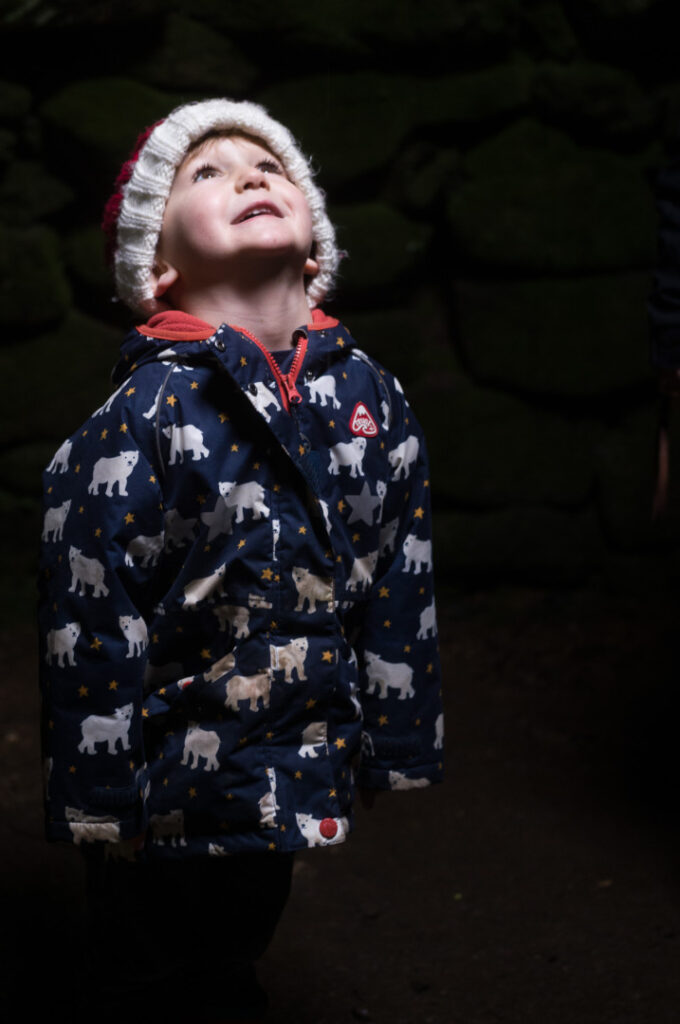
Leica M11 ISO 100 1/80th f5.6 35mm APO Summicron M
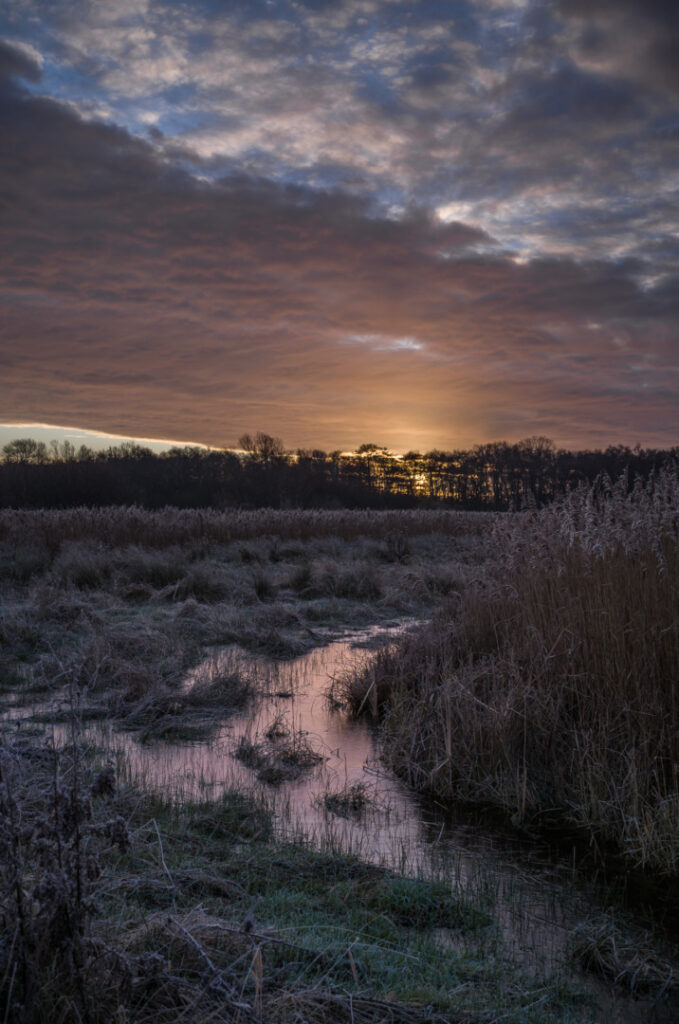
Leica M11 ISO 64 1/80th f5.6 35mm APO Summicron M
More images here
Read more from the author on Macfilos
Visit Jono’s website
Want to contribute an article to Macfilos? It’s easy. Just click the “Write for Us” button. We’ll help with the writing and guide you through the process.


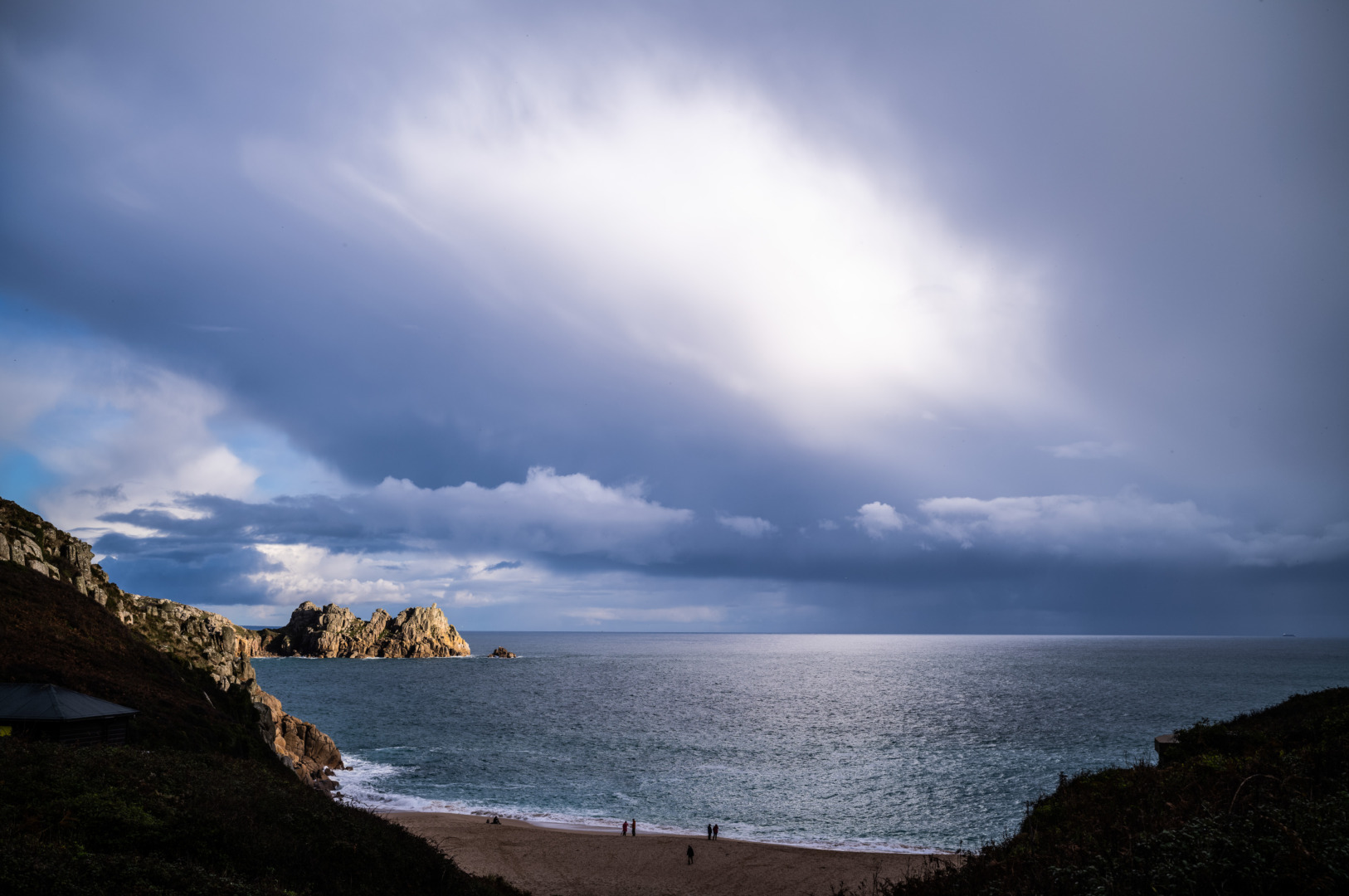

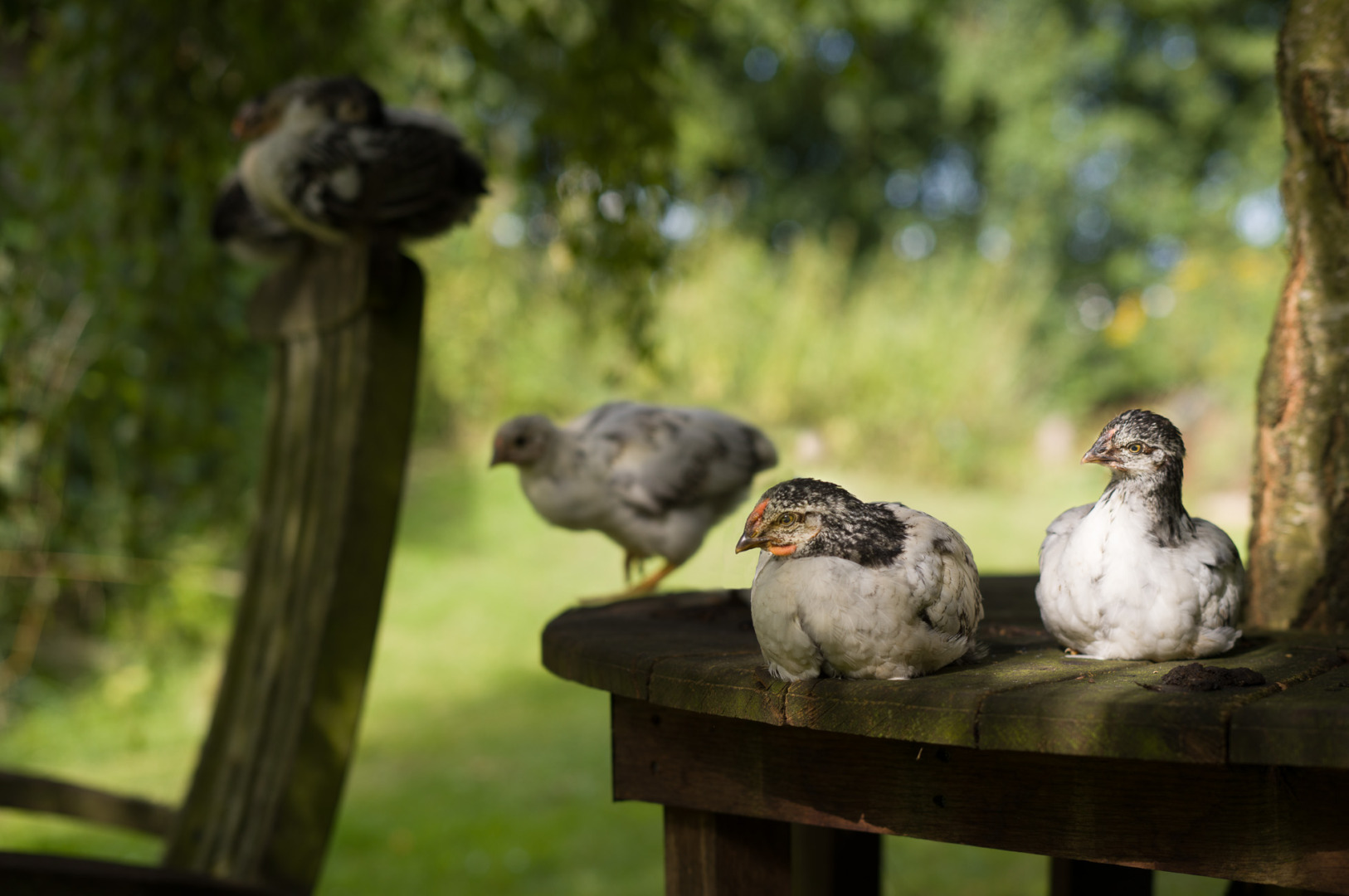

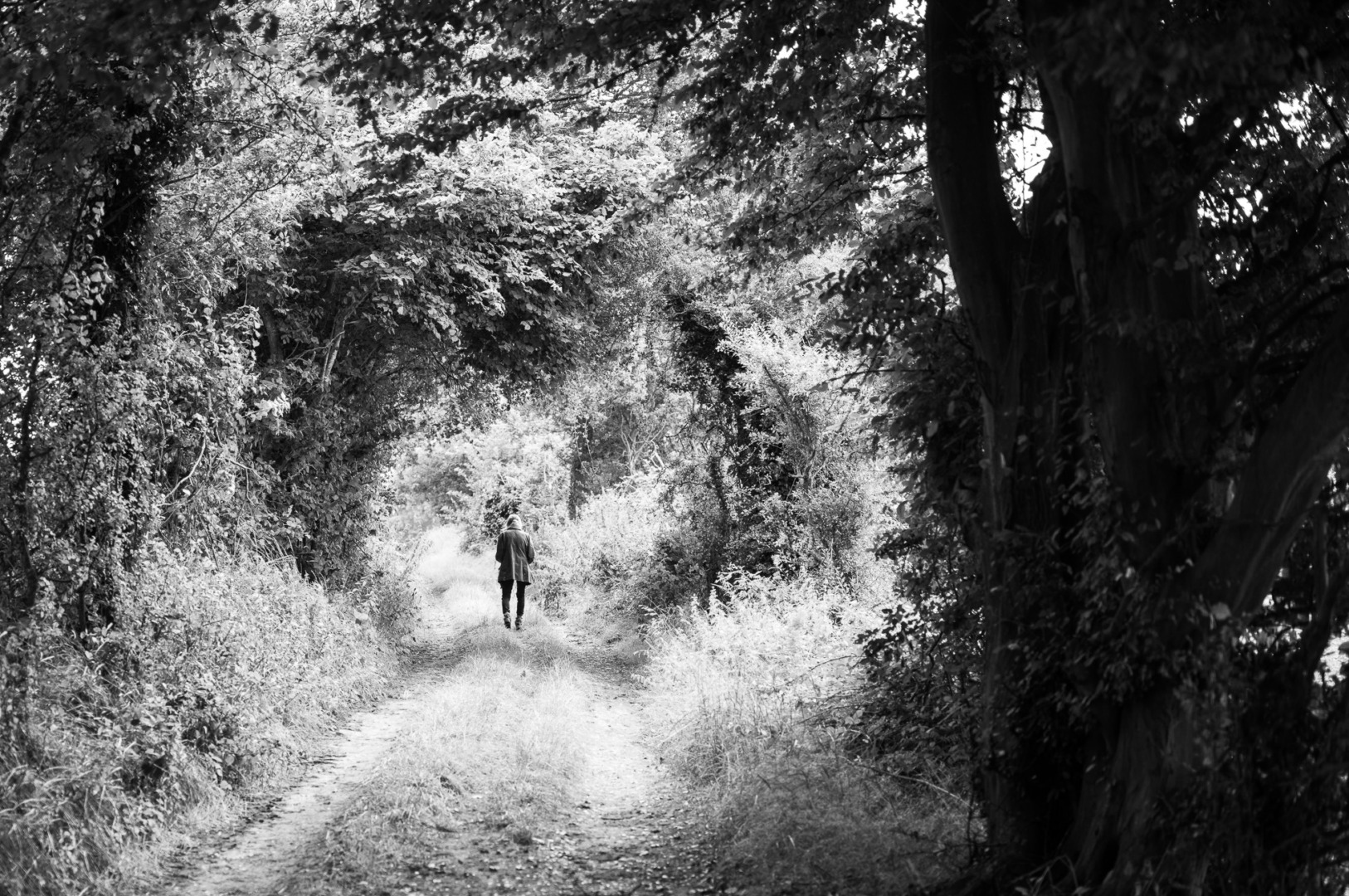

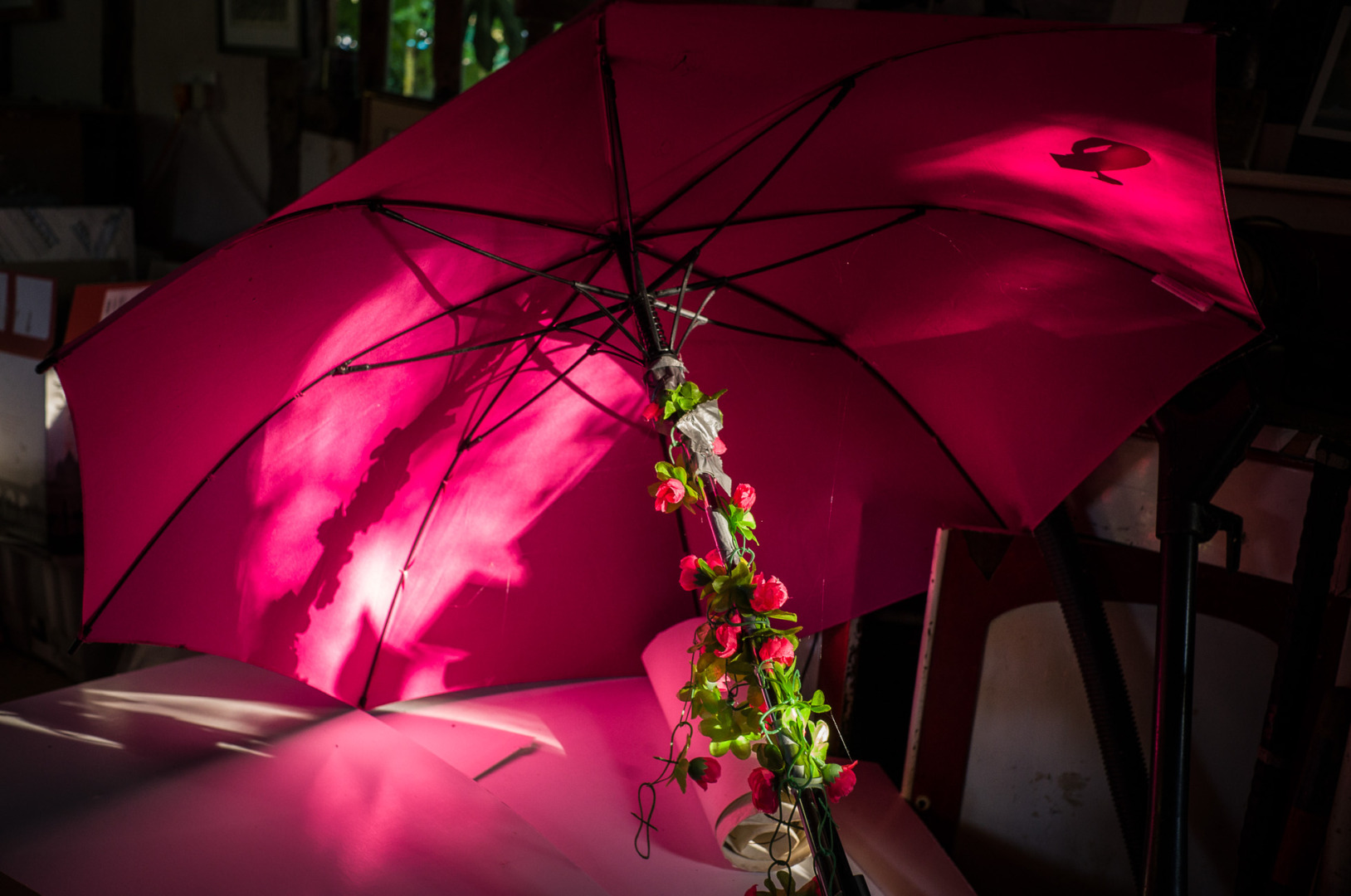
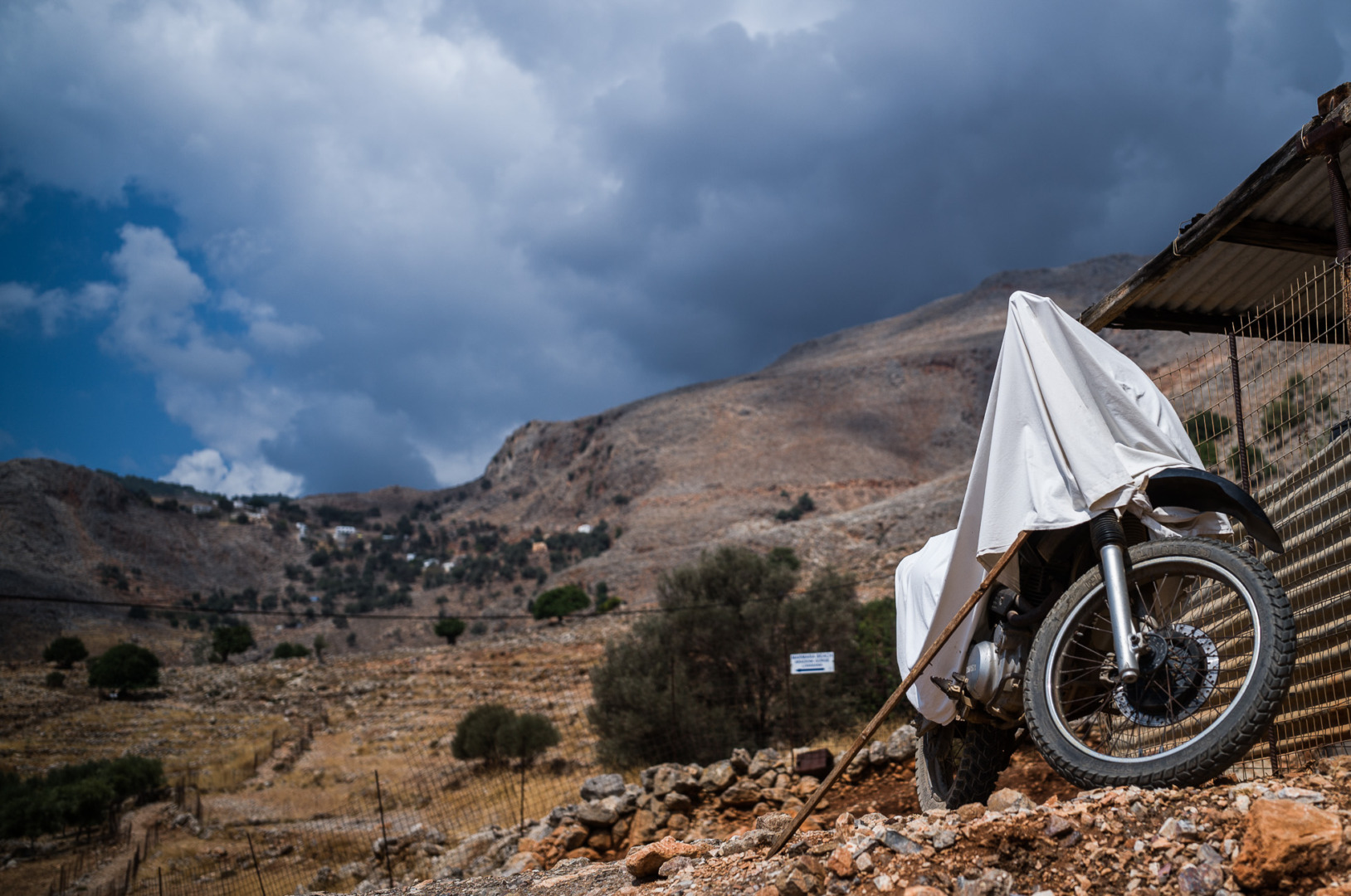

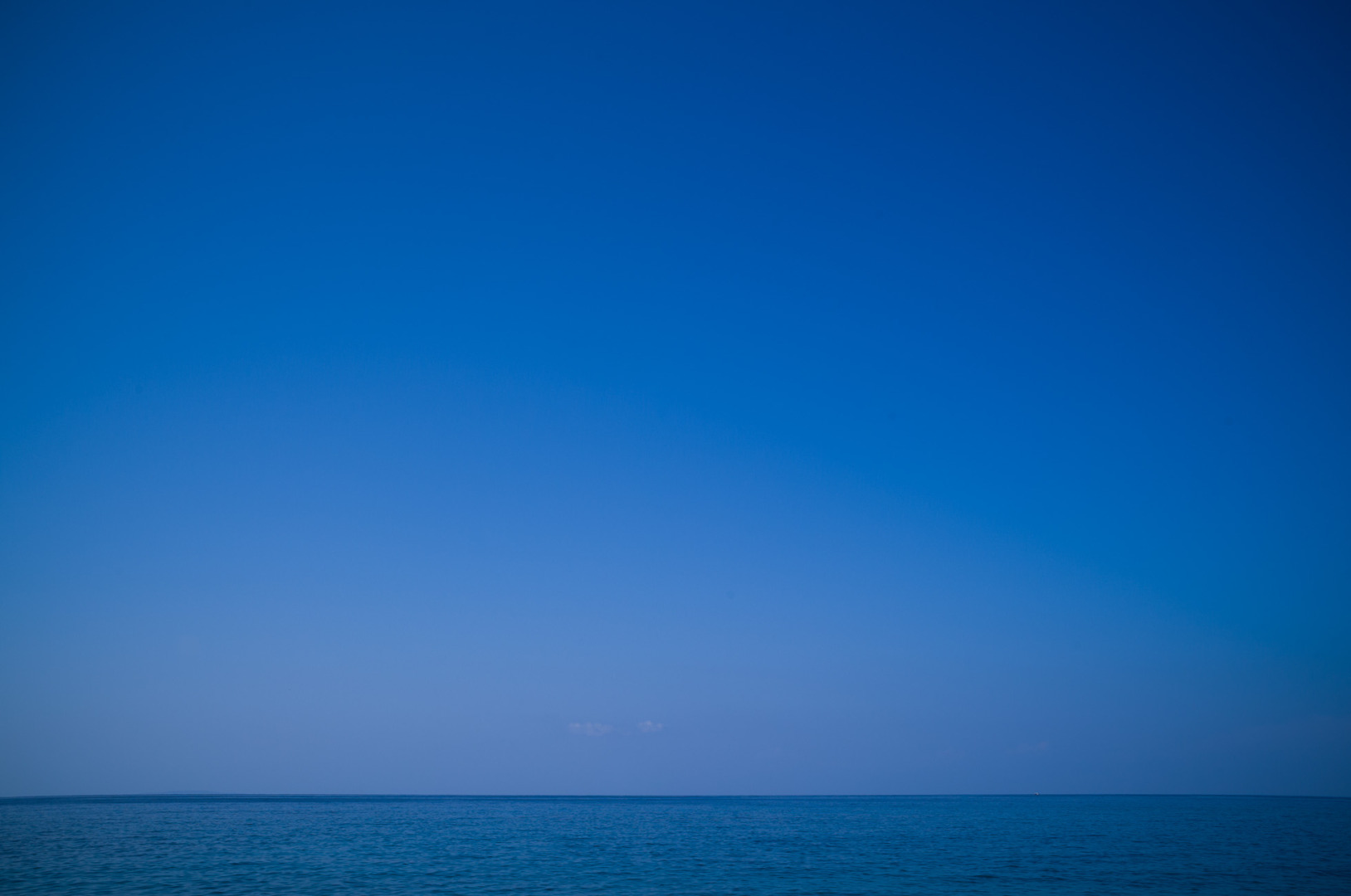

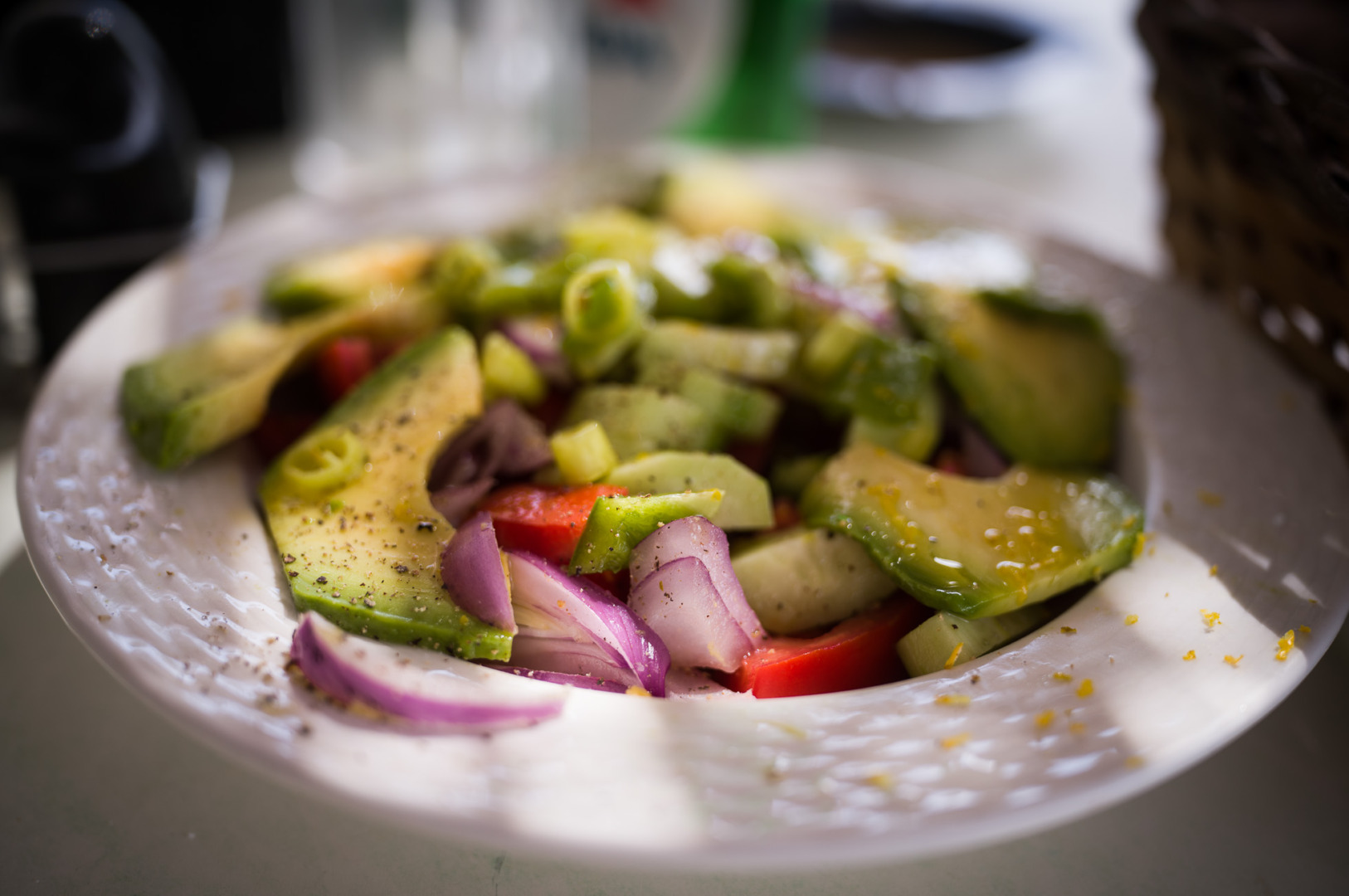
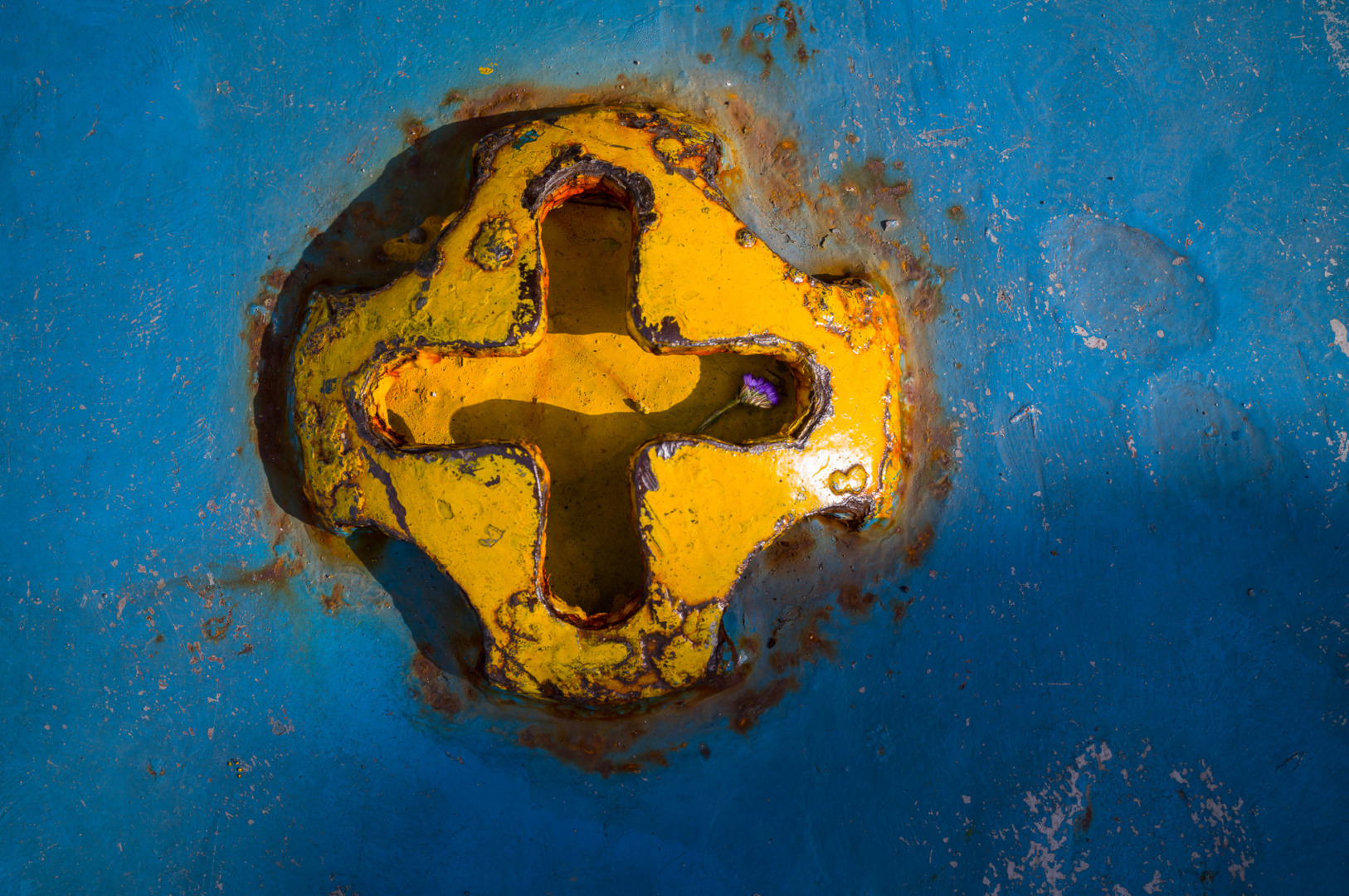
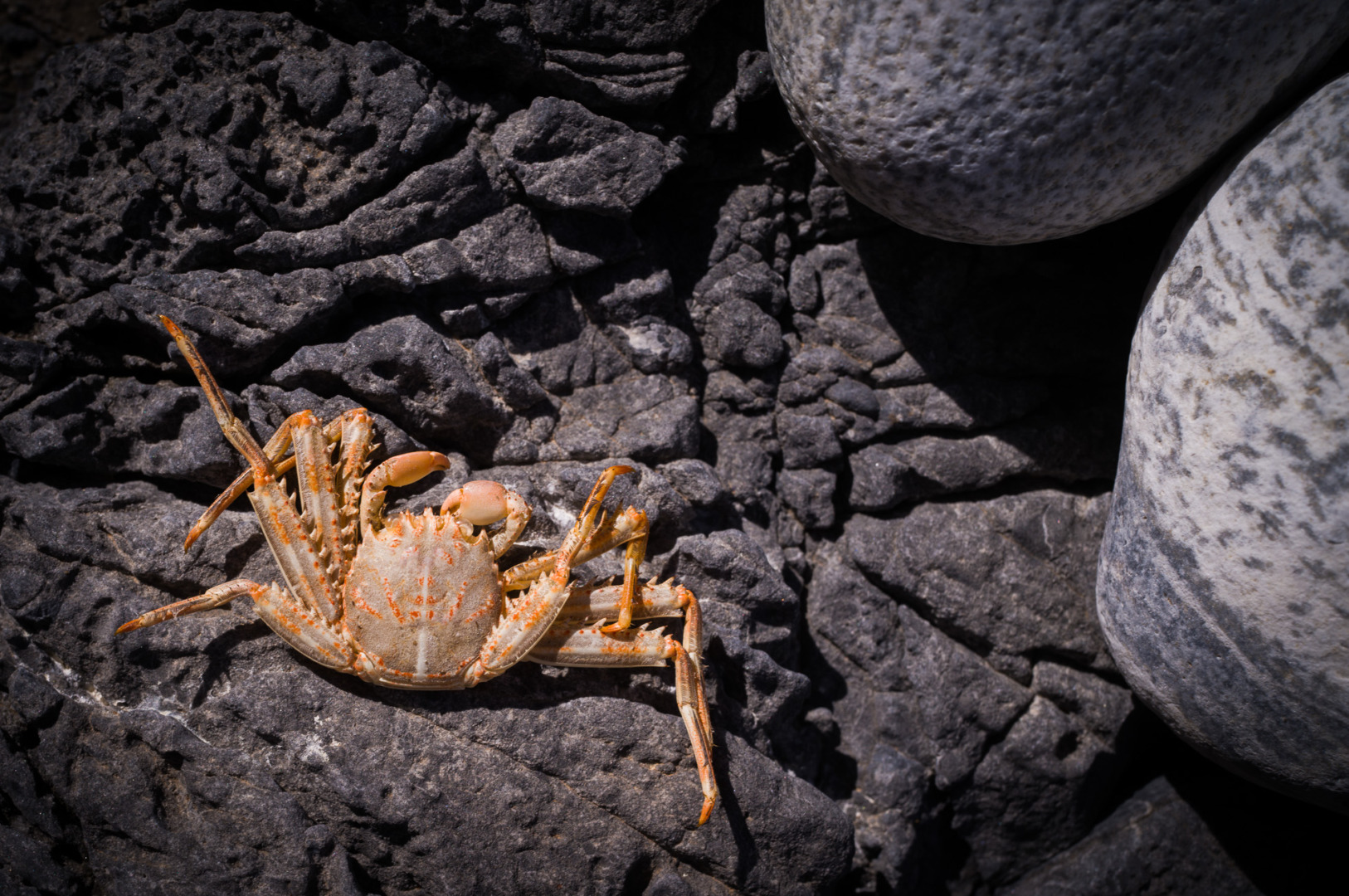


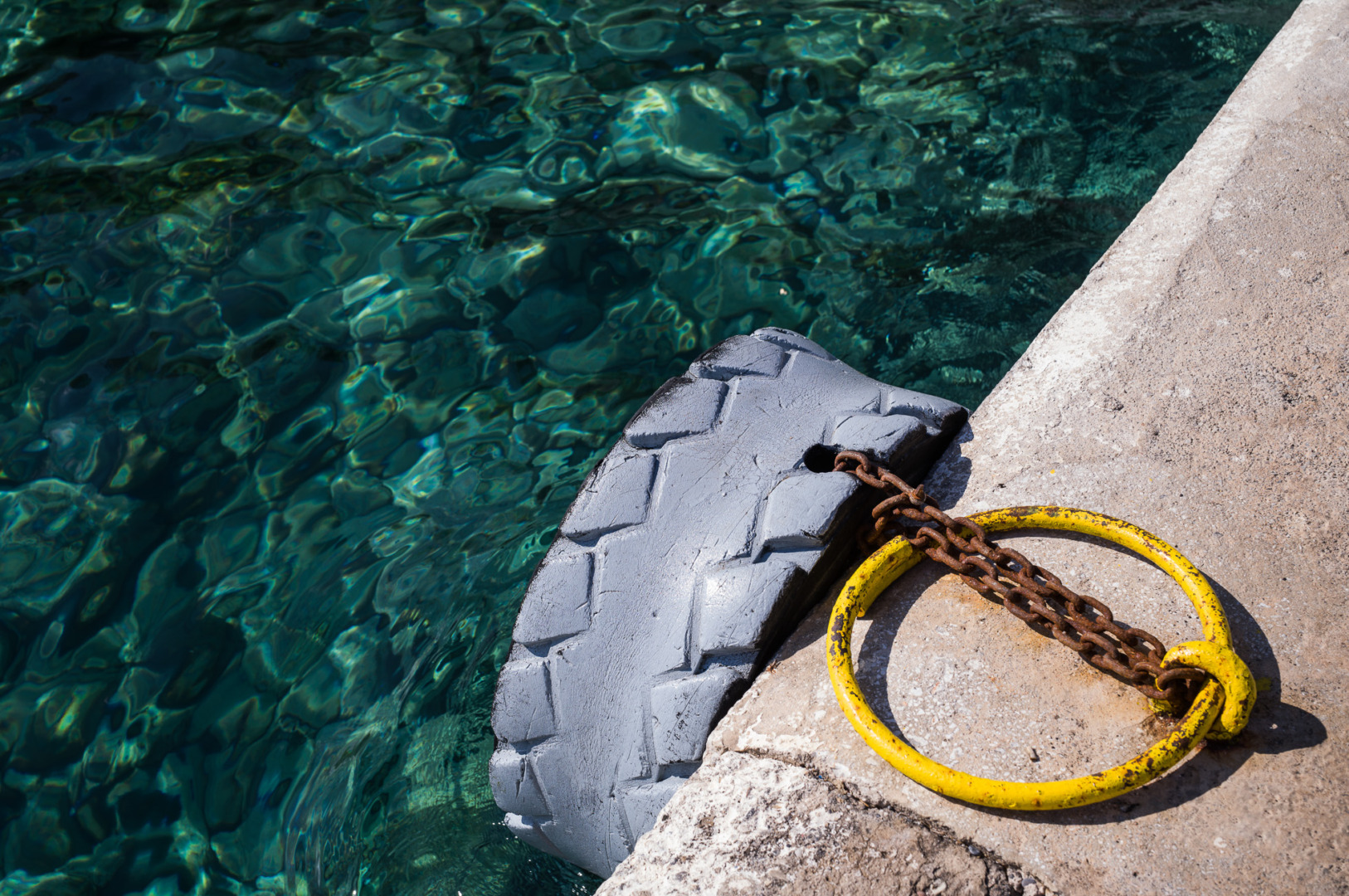


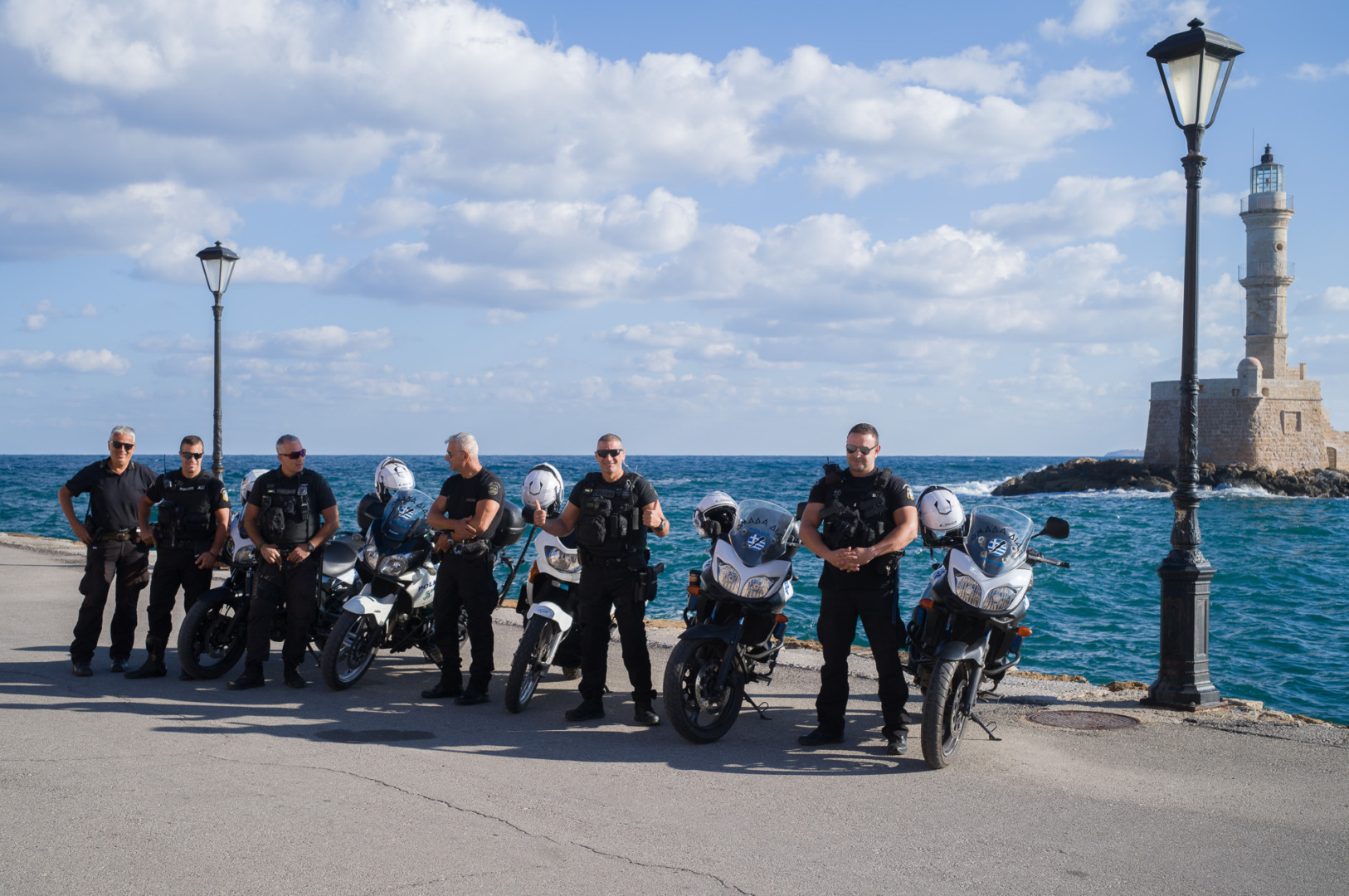
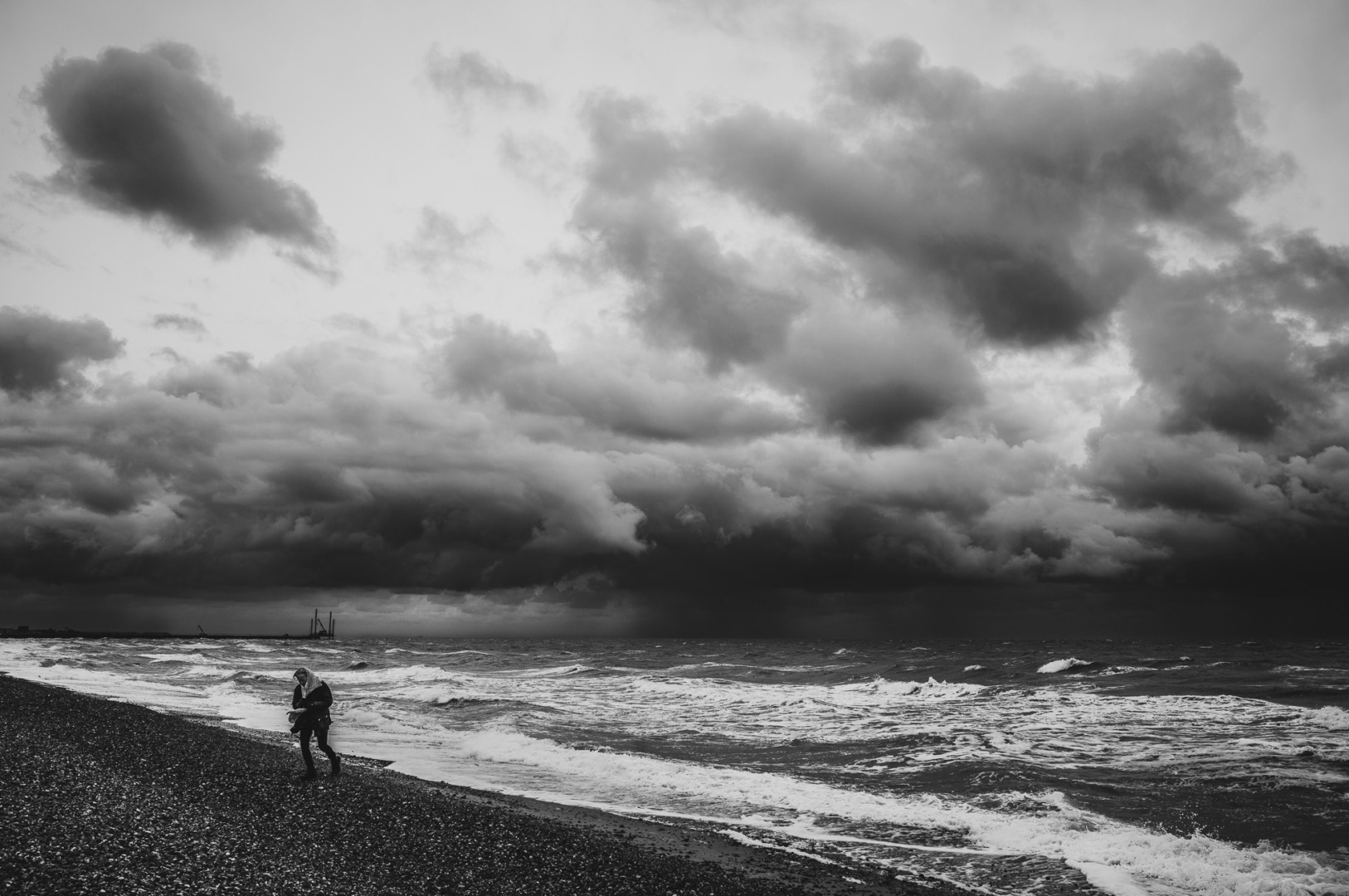




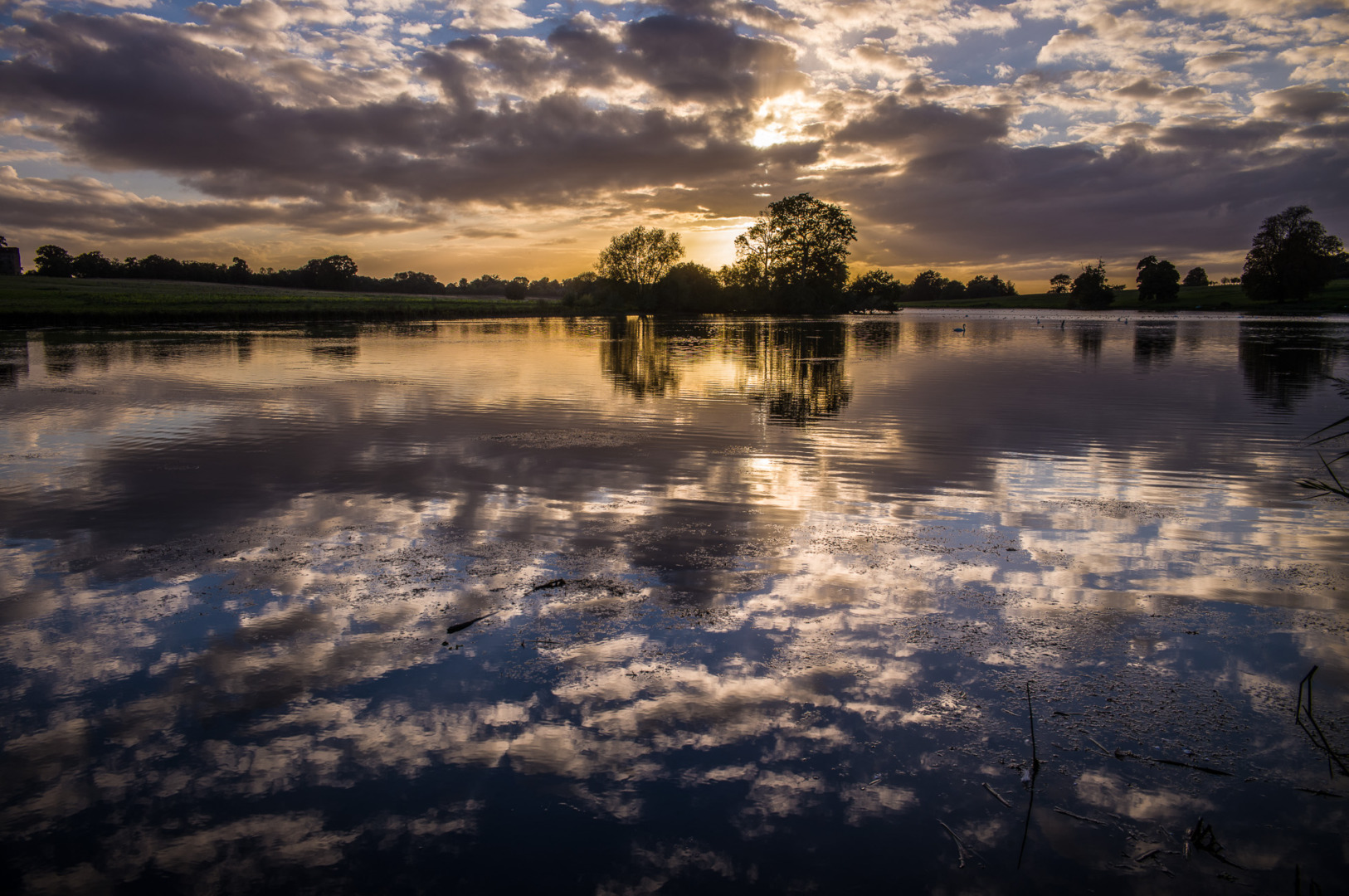
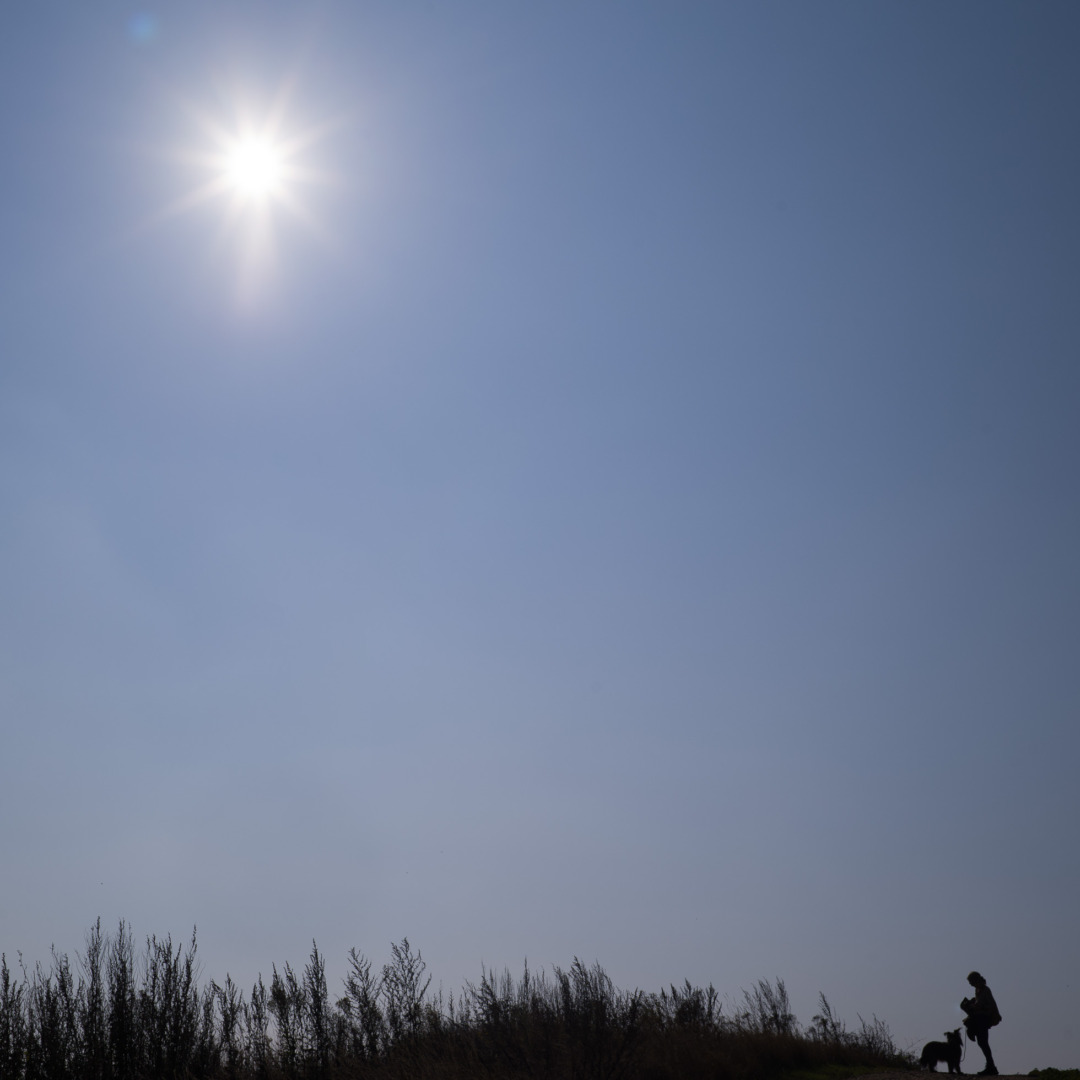
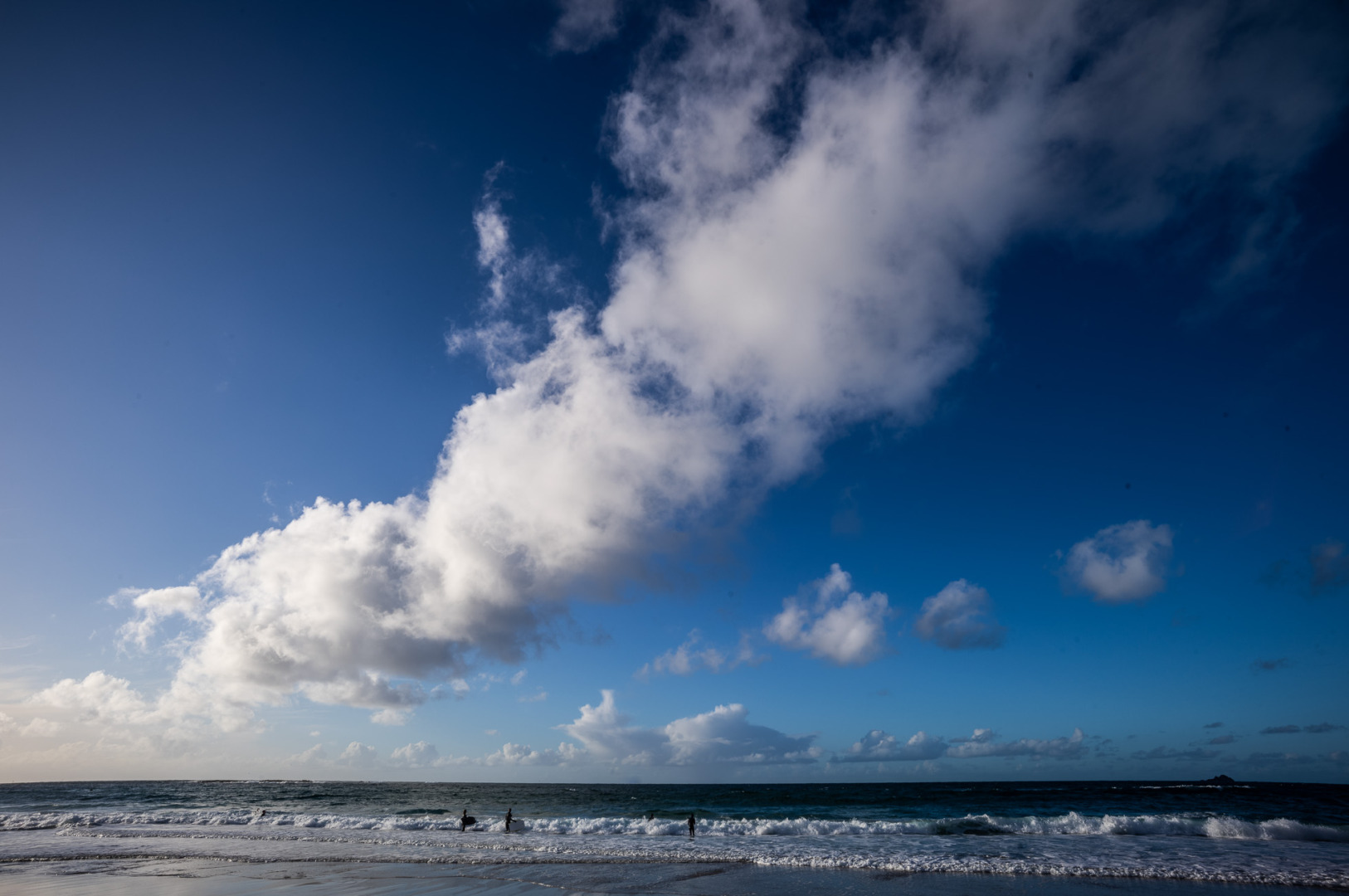

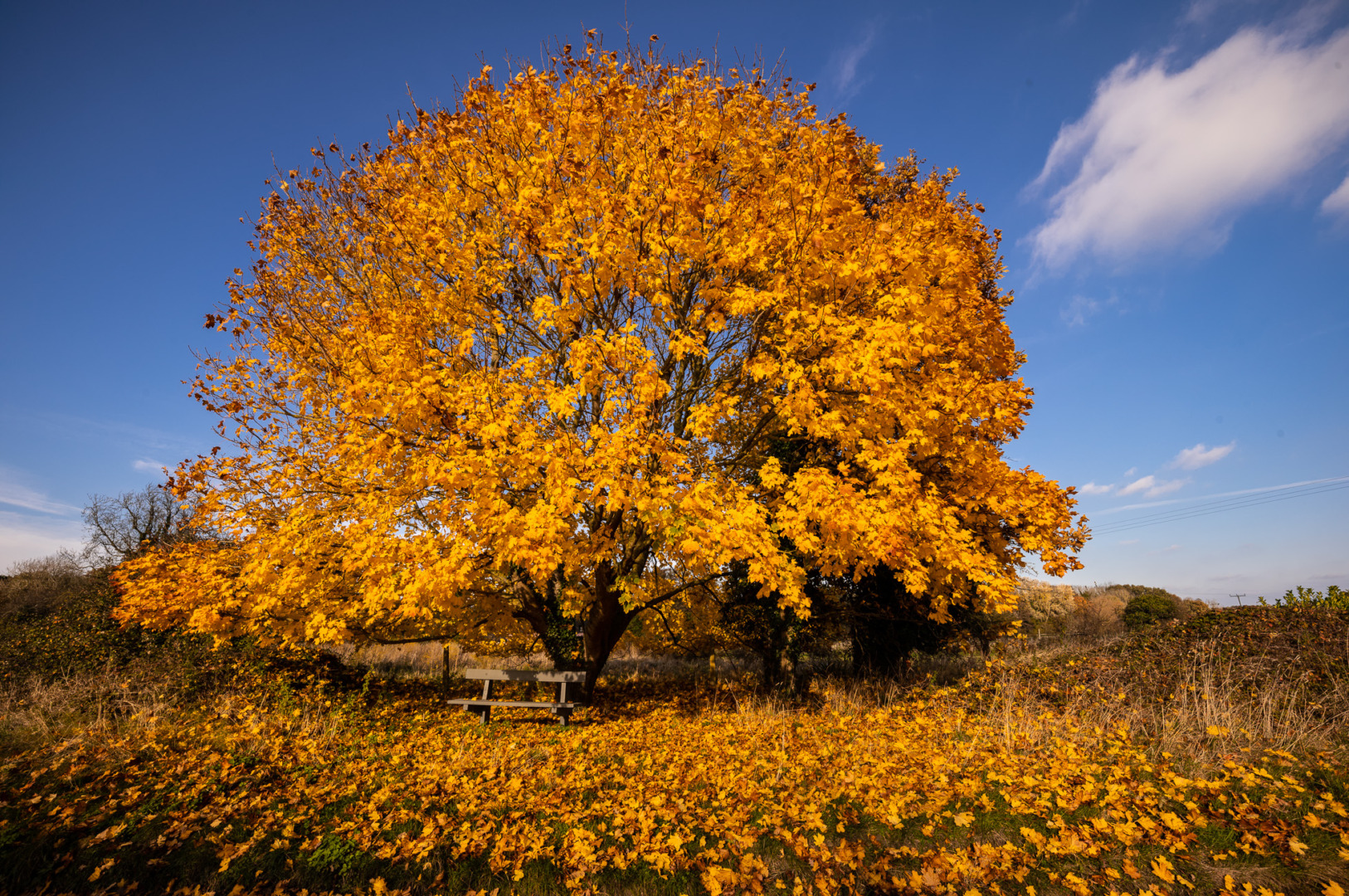


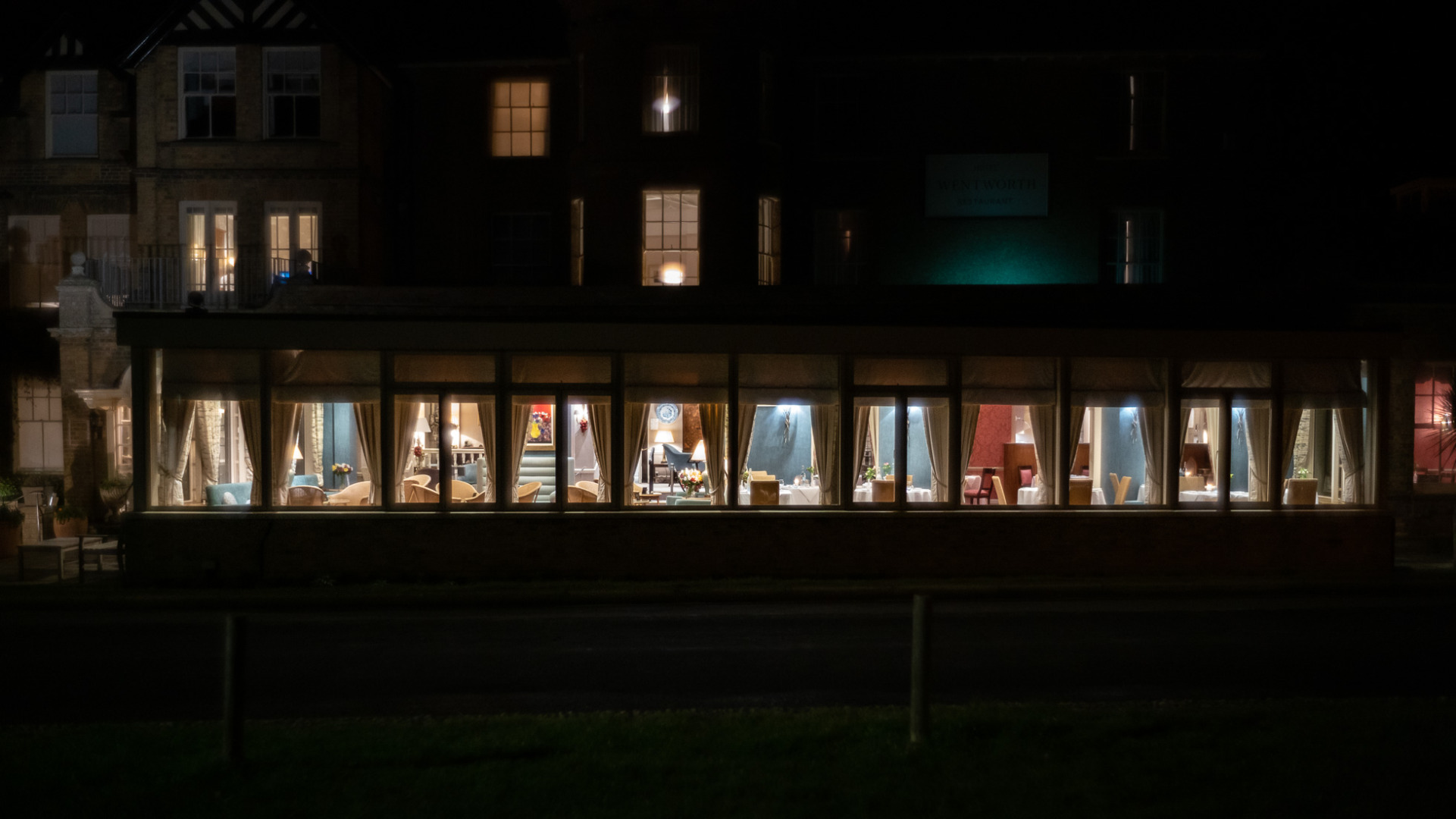


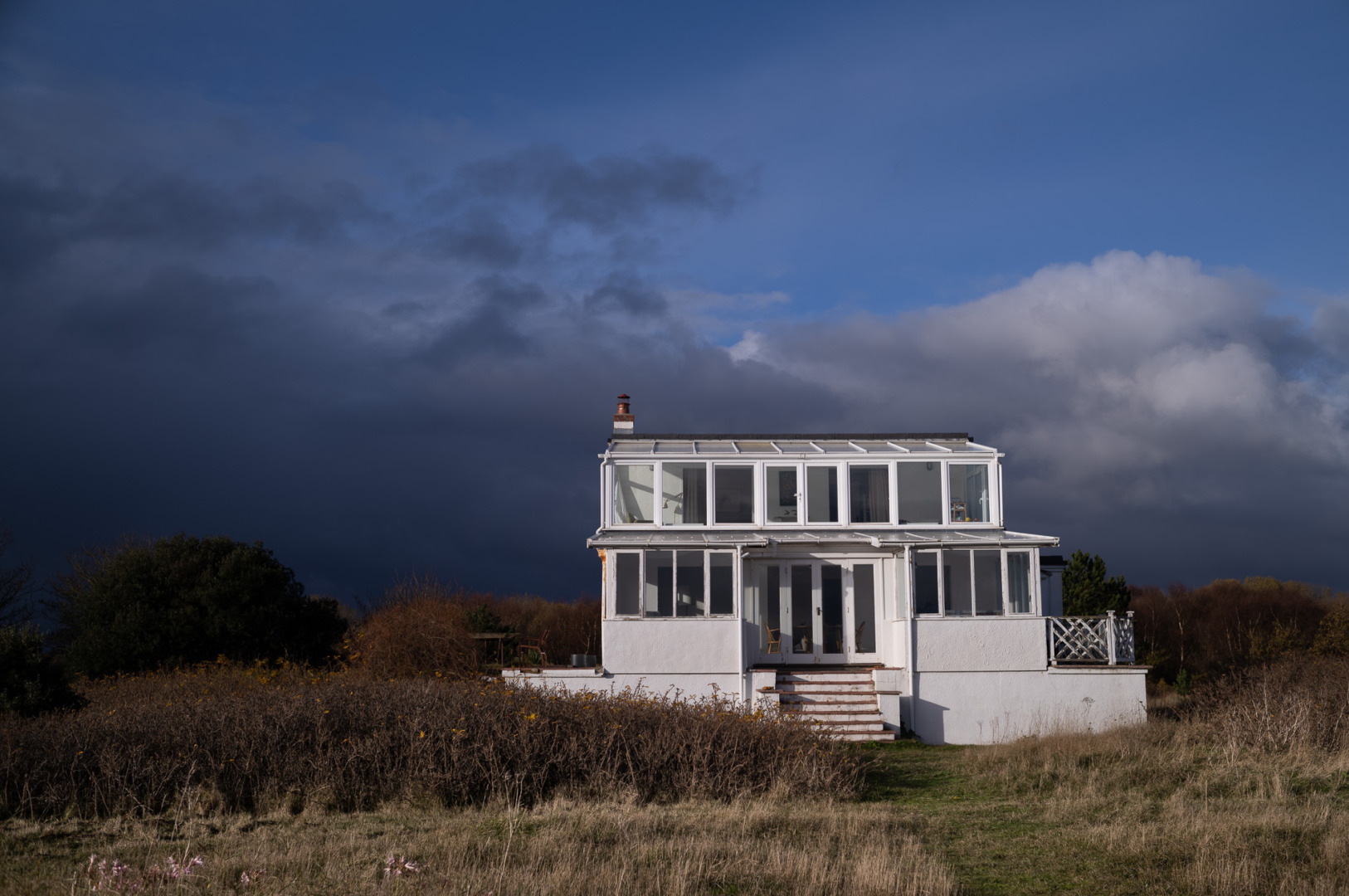



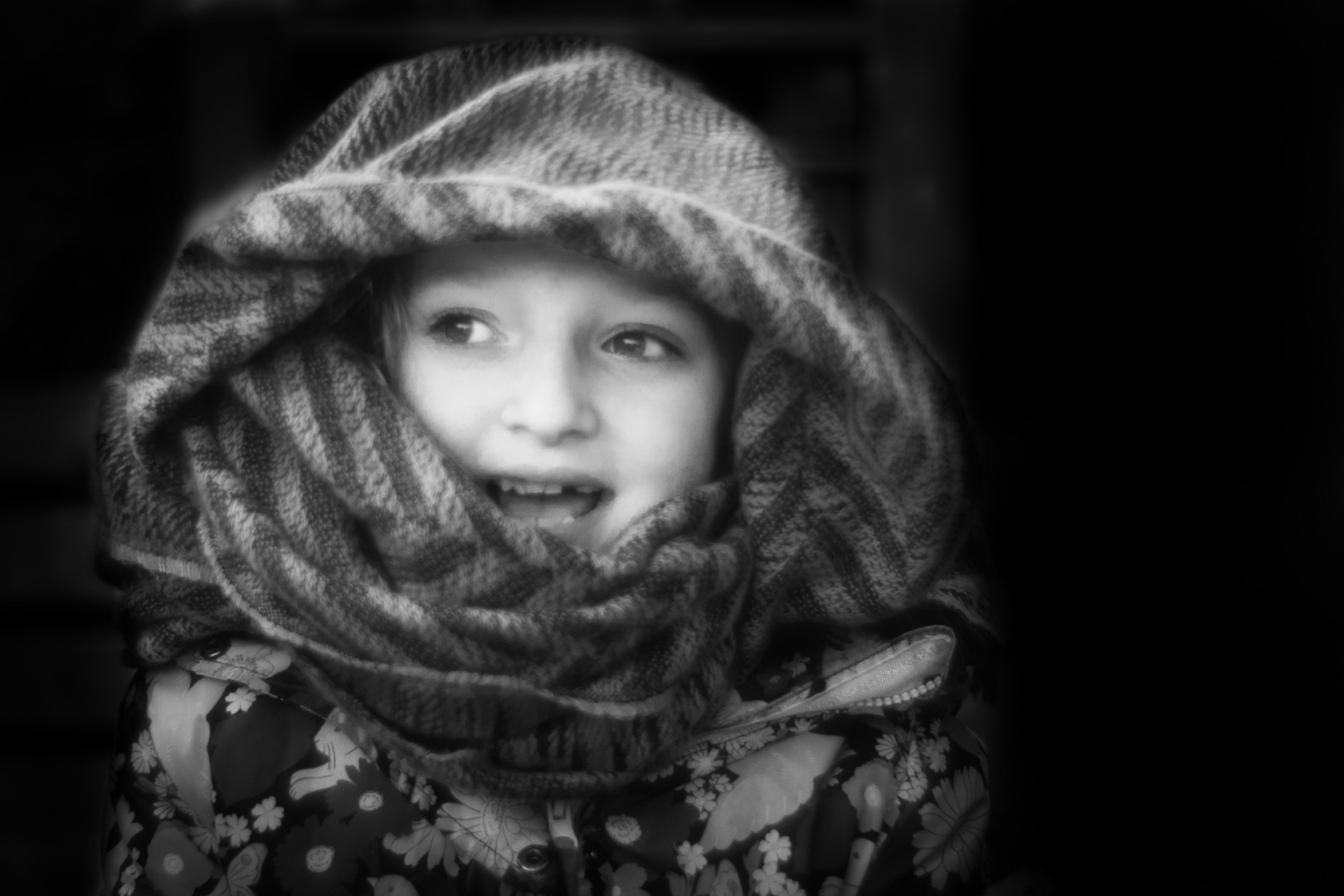
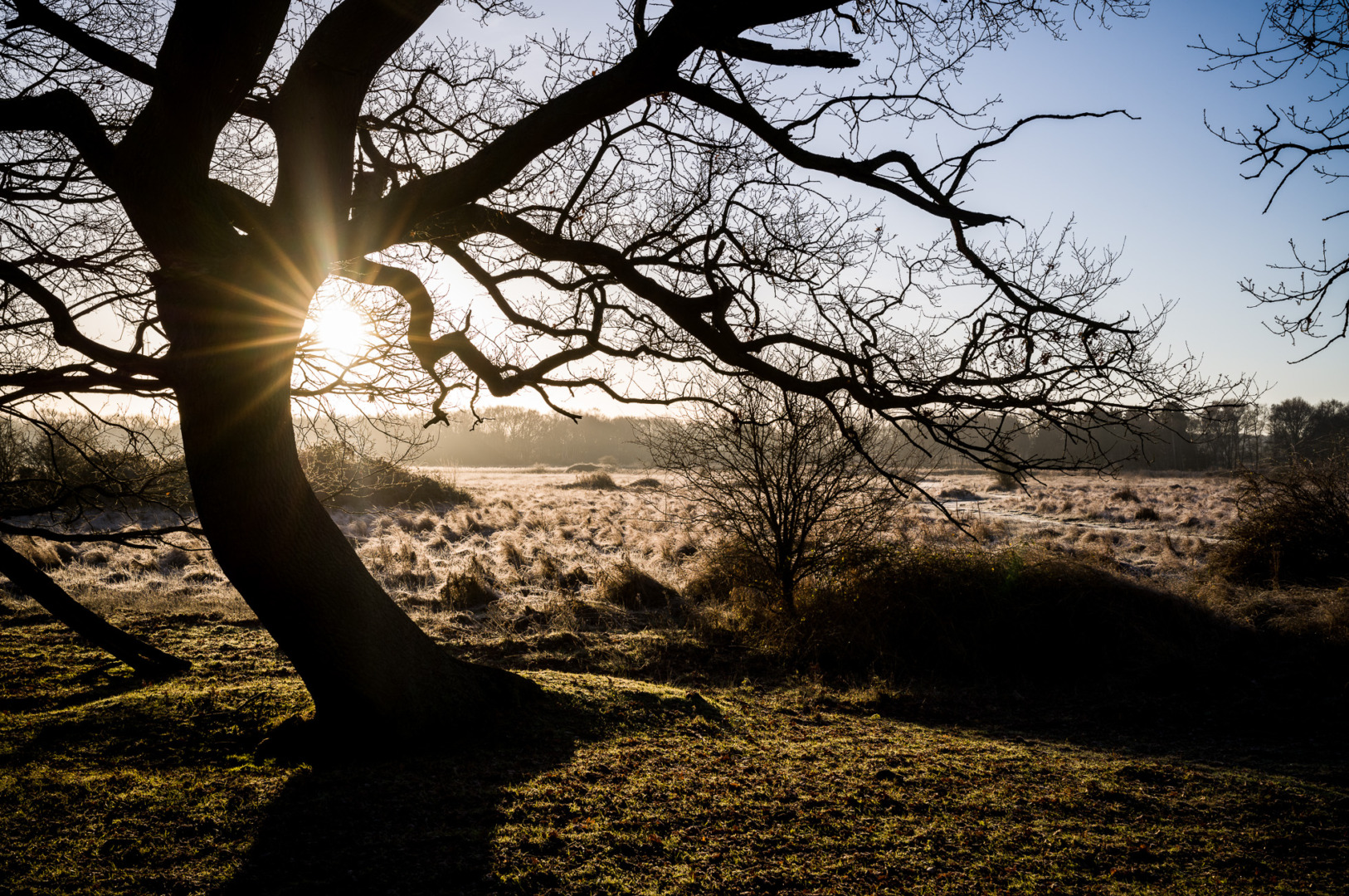


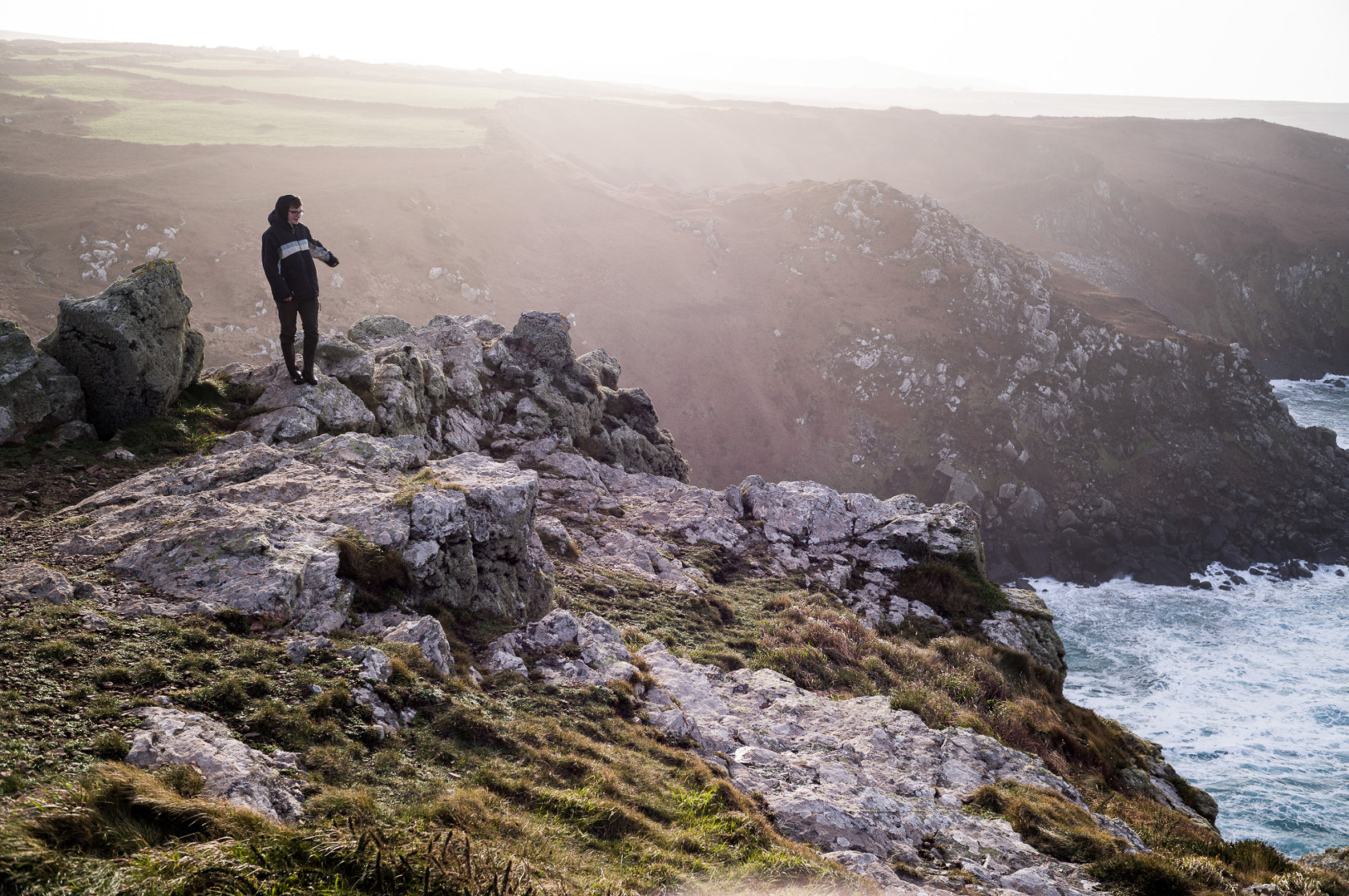




Many thanks for this detailed and compelling review. It’s VERY helpful for us new-to-Leica people.
the Leica M11 seems to be a dream camera for professionals and enthusiasts alike. The extensive testing shared in this review gives a comprehensive insight into its capabilities.
Thank you for sharing your unique insights and perspectives on this topic.
Without any doubt, the best and most detailed review of the M11.
Thanks so much for sharing.
I wondered if I’ll change my M262 for a M11 or my 28 Elmarit for a 28 Summilux.
Your article, and some others, confirm that the body upgrade will give me more improvements than the lens upgrade.
Thanks again for your very professional review.
Marc, from Paris.
Outstanding review. Probably the best I’ve read.
I have a question. I’ve tested the m11 with the 28mm summicron and I found the Q2 had much sharper results out of the camera (at any aperture). Is that just the lens? Or the Q2 getting special inbody treatment?
Hi There Ben
First of all – thank you! Sorry for the delay in answering (I’ve just seen this)
I’ve not got a Q2 to do the testing with, but are you talking about DNG or JPG files? It might be either, do you have the newest version of the 28 summicron (from 2016 or later) as that improved performance on digital sensors.
All the best
Jono
Nice pics of out of focus eyes and dreamy voigtlander « character » portrait. No, the M11 will not make the lenses you inherited from your grandfather look better than an M10R.
Interesting your remark on your time of 1/250 for 50 focal length. I do mostly 1/focal length. This does take the iso advantage of m11?
Sorry 1/focal length with m10. Comment from Jono? Thanks
Would you give me permission to translate this into Italian? I would like to publish it on the forum l-passion-forum.com. Could you mention any restraints? Thank you!
Hi There Luca
Absolutely – I’d like to see the final version (Emma speaks Italian)
Thanks for the extensive review of the new M11. I was wondering if by any chance you had tried a 21mm Super-Angulon on it and if there was any improvement in the colour shift issues compared to the previous digital M’s?
It’s one of my favourite wide-angle lens but can only really be used on my film and monochrom Leica’s.
Hi There Dave
I’m sorry, I don’t have a lovely 21 Super Angulon . . . I suspect that the BSI sensor really does make a difference to all this stuff, but I don’t have evidence of that.
Best
Jono
A great review as always, Jono.
Instinctively, I loved the framing and ambience of “Ulysses” . Of course, that’s not really the camera, but rather your eye and choices, though the colours are perhaps entwined with the M11.
I think, realistically, and M10-R is more resolution than I’d ever need. Even more realistically, it’s more expensive than I’ll ever afford. An M8 or M9 are probably the only ones that I’d ever consider spending the dollars on. However, it’s always nice to see the progression of such an iconic and famous model range as technology advances.
Hi There Jason
Thank you, I’m glad you enjoyed it. That really is my motivation.
I’m not really up with the spending power of most Leica users either (my camera slush fund is badly damaged). so I understand what you are saying – The extra resolution is lovely – perhaps more for the ability to go out with a 35mm lens and crop to a 75 without much of a penalty than to be able to print 2 metre images!
Maybe an M240 is a better place to start than an M8 or M9 – they aren’t quite as sexy, but there are plenty about and they really are very good!
All the best
Thanks so much for your review as a “long-time user” Jono! Your reviews always come from a different perspective.
Thank you Brett
best
Jono
I have a question for Jonathan Slack, if I may. I tried the new Visoflex 2 extensively on the M11, but I have to say that in my opinion the image quality was not on par with the EVF of the Q2, while the resolution on paper should be +- the same. It was clearly harder to see small details with the Visoflex 2, harder for example to read a text at let’s say 1 meter distance, or to see branches of bushes or trees on longer distances. This does not help when you buy a Visoflex 2 as an aid to focusing in difficult situations or with difficult lenses. I have paid extra attention to the optimal adjustment of the diopter setting on the Visoflex 2, and for the best possible comparison with the Q2 I equipped the M11 with the 28mm Summilux-M. The image quality of the EVF of the Q2 IMHO leaves nothing to be desired, but the Visoflex 2 for me really is not as good. The difference even made me wonder if the Visoflex 2 could be faulty, but I think that is very unlikely. Could you please comment on this, Jonathan? What is your opinion on the image quality of the Visoflex 2, compared to the EVF of the Q2? Is it on par or subpar?
Hi There René
I don’t have any Q cameras to compare with (any more). I wonder whether the image stabilisation on the EVF on the M11 might be something to do with this . . I’m not convinced that it doesn’t produce a kind of shimmering effect (I don’t think you can turn it off).
All the best
The photos are the proof of the pudding! For those who are M users they will buy this. Me, I just keep saving for Q2M, to me that’s the epitome. Any or all of Jonos pics would be great on your wall. Thanks Jono for probably the best of the reviews on the M 11.
Thank you so much John
It’s definitely a labour of love (except of course the huge amount Mike pays for these reviews)
Seriously, it you enjoyed the review I’m a happy man
all the best
I could raise it the fee to TWO peppercorns if you insist, Jono…
That would be wonderful Mike!
Sorry if I don’t join the enthusiasm of the new revival relic (a new prohibitive carrot for Leica fans), I would not get it, not even for free!. But that’s a fantastic photo, the one of the mates. Thanks
Hi George
Each to his own, but I’m pleased you liked the Mates photo . . it’s a triumph of friendship over technology!
all the best
That’s it: each to his own. And a rangefinder camera without EVF Visoflex (in the need buy another thing).
Thanks for your answer.
Best
RE-ISSUE OF MY COMMENT WHICH SOMEHOW GOT LOST
Dear Jono,
Thank you very much for this great review. I am always happy when real, working photographers write about a camera. Your pictures are fantastic, I like the “Another Sunrise” the best. Impressive in every way and an adornment to Macfilos.
I had the opportunity to try out the M11 in “my” Leica Store in Konstanz. In my opinion, it is a significant improvement on the M10 in some essential points. For me, these are mainly battery life, charging options and EVF. The EVF is really well done (and I don’t find it as ugly as Mike thinks).
Whether the 60 megapixels are really an advance, I doubt. Despite short exposure times (1/250 at 50 millimetres focal length) and very precise focusing with the EVF, not all my pictures were tack sharp. Here you realise that 60 MP handheld is a sporty affair. If I were to buy an M11, I would probably leave it set to 36 MP, also for reasons of data economy.
I am neutral about the exposure metering. Off-the-sensor reading certainly makes a lot of sense, especially in combination with the electronic shutter. On the other hand, from the M 262 to the M10, I have become so accustomed to the peculiarities of off-the-shutter metering that I now intuitively correct its idiosyncrasies by taking the reading at the appropriate location and then framing it. This is faster than any other kind of exposure correction, and I am actually always satisfied with the results.
Otherwise, I have the perception that Leica are now arguing in a somewhat double-tongued way when it comes to lenses. On the one hand they say: “We are so wonderfully sustainable, you can use any lens since 1954 on the M11”. On the other hand, they keep saying that supposedly only the latest APO-ASPH lenses fully exploit the potential of the sensor. Your friend Sean Reid did a great job of explaining why even a less than perfect lens will perform better on a superior sensor. Nevertheless, the pictures you took with the new 35 are impressive.
Best, JP
Great article as ever, Jono
Jorg-Peter, I meter the same way as yourself with the M10. I welcome the new multi-field metering on the M11 and even if there are some lags, with my slow photography it does not make much difference. The ‘Kodachrome’ setting should be fun to use, although it might remind me that I was much younger and had steadier hands when I used Kodachrome 64. Speaking of chrome, I will go for the chrome model as my M10 and M240 are both chrome and I have got used to it.
You can not only use any lens from 1954 onwards, but, with an adapter, you can use any LTM lens back to the 1920s in order to savour some real vintage ‘character’. I have actually used a Leitz 42mm Mikro Summar (the same lens as is on the Ur-Leica) from around 1912 on my M10, albeit with the assistance of a Leitz Bellows and only for close up work.
There is no Leica dealer in Ireland now, so I cannot go into one to handle the new camera. The main thing I would like to test is the new Visoflex. I bought the Visoflexes for the M10 and M240 and then never used them. For ‘awkward’ wide-angles I tend to use the Frankenfinder.
I will ask my friends in Vienna to send me a chrome M11, when they have one, and I may decide about the Visoflex when I go to Wetzlar for the auction on 11th June, which will feature a very special piece, which I will write about here.
William
Hi there William
Happy New Year and I hope you’re flourishing.
I’m still deciding which colour to go for (in the meantime I’m still holding Leica’s prototype hostile!).
I never used the ‘Visoflexes’ on the M240 or M10 either, but I have been using this one (same resolution as the Q2) especially for longer focal lengths.
Wetzlar in June sounds exciting – I might try to make that too!
All the best
Hi There JP
Thank you very much for the kind words about the snaps – to be honest it’s what I really care about, having to write the words is a kind of propellent (hopefully not too much hot air!).
I was pretty happy with the off sensor metering as well, but the side effect of moving all that stuff out of the lens mount is that one can mount a number of classic lenses without modification.
I’ve actually liked the 60mp (despite earlier misgivings) I think storage space is more about curation (do you really need 7 versions of that shot!). On the other hand the large mp count allows you to go out with a 35 and still have an effective 75mm for portraits . . croppability is great!.
. . . and storage space . . again, curation is important!
I am utterly shocked that in this so-called “review’ no mention is made of the freezing up of the M11s rear LCD screen in Live-View mode; this is of paramount importance because using the rear LCD in Live-View mode enables one to use lenses of any focal-length, and makes it so much easier to frame a subject unlike when using the rangefinder system.
Hi There Jay
Thank you for chipping in – first of all, have you updated to the latest firmware (v1.3.0.0 available on the Leica website). This update cleared up pretty much all the ‘freezing’ possibilities with the M11,
If you have found a novel way of making it freeze which still happens after this update, then I’m sure that will also be fixed in the near future, but please forward details of how and when it freezes to me at jonathan @ slack.co.uk (and if I can duplicate it I’ll make sure that Leica is aware).
New cameras do have bugs, and as a tester I’m aware of several of them, but I use Live view a lot (both with the rear LCD and the EVF), and I’ve not had a freeze in several months.
If you write about things which are about to be fixed (changed) in the camera then the review very quickly becomes out of date. Still, I’m sorry to have shocked you with my article.
Keep me posted if the new firmware doesn’t fix your problem.
All the best
Jonathan Slack
What a showcase you have provided for the new M ! Whether by design or by accident you have given us a diverse gallery so everyone can get in close and have a good look at whether this diminutive model offers enough for the price tag.
I too just kept going through the gallery before I reminded myself I should be reading not just goggling.
The review is the shred dissection we have come to know and, indeed, expect.
It dispenses with the need to listen to any waffle elsewhere.
Would you say there is a tangible gain in DR and colour output from the new processor over the Q2/SL2 ?
I managed to handle a black version with a 50 APO attached in Leica Manchester and its a pocket resolution monster albeit there would be a damned big hole in my pocket if I am silly enough to go I there again when the elf finally lands.
Hi there Darrel
I’m glad you enjoyed the snaps – perhaps it’s the reason for doing it (having to produce a respectable portfolio for each article).
I don’t think there is a huge gain in colour output or DR over the Q2 or SL2, but there is an incremental gain, and the extra resolution also helps in really important situations.
I think you should definitely go back and talk to (David?) and send him my regards!
best
Jono
Well according to them it’ll be in the 7.5-8 lakh range (750,000-800,000) inclusive of taxes, roughly 10,500 USD. So far they will only be getting limited numbers, for those who have preordered it I assume.
This has to be the first review that had me WhatsApp-ing Leica Delhi. Thanks Jonathan!
How many lakhs?
Well Farhiz
I’m flattered – it’s great if people enjoy it!
best
Hi Jono, a lovely competent review especially compared to most reviews that are incompetent and bring up price and manual focus as cons. That is like saying a porche con is price and maual transmission.
Before I forget, I love your images and the magic in the Scarlet “Look” image.
The M11 is certainly a worthy upgrade for those that have a cmos sensor but I will stick with my M10 monochrom and M9 kodachrome rendering. I use my m cameras with the spectacular: Leica 21/3.4, Leica 28/5.6, Zeiss 35/1.4, and Voigtlander 50/3.5. I do not use focal lengths longer than 50mm on an M.
Anyway, I love the rangefinder experience and resort to my SL2 and SL2-S for photography outside the M shooting envelope. I may start saving for the M11P though so I do not have to change lenses on my M9 😂.
Again, thanks for an enjoyable read and even more enjoyable images.
I like your lens choices Brian! You seem to have carefully selected your glass on how it renders. I want to get there as well, ie. 3-4 lenses that I really really like and then call it a day and only every so many years upgrade the body whenever I feel a need, not necessarily with every new release.
Thank you Brian
I’m not sure that it was really that competent (see David B above!) but I’m really glad you thought it was lovely.
In interesting spin off from the lack of ‘off the shutter’ metering is that all those troublesome older lenses no longer have problems on the M11 as they’ve removed the exposure meter and baffle in the lens mouth. . . .
all the best
I had a M10-P and it was a fabulous camera. Sadly, my left hand was modified by a scissor, so the M10-P became a Q2. Really, don’t run with scissors. I also have a SL2. I swore I would not dive back into M cameras UNLESS they did IBIS, and preferably a diopter adjustment. I would gladly- GLADLY- give up some thickness for IBIS. However, in case I weaken, I’ve kept my M lenses.
I tell myself that IF the noise floor could be driven down enough, then cranking up ISO to give me a forgiving shutter speed should ‘work’, within reason.
SO…
1. I assume IBIS in general fades out at some shutter speed (1/60 sec or so?? No clue- pure guess). I also presume that some shake axis will fade out before the others. Whatever the Q2 and SL2 are, works fine for me. Does anyone know where Q2 / SL2 IBIS rolls off?
2. As the ISO goes up to compensate for twitching, at some point I’m giving up dynamic range and colors. Anyone know how gracefully the M11 does with that, particularly around the answer to #1?
3. I didn’t mind the M10-P weight. I found it helped with a twitchy hand.
4. If there ever is a ‘QM’, I’m in 100%.
5. Any M10-P shutter lag never was an issue for me. Didn’t notice it.
6. My M’s were silver bodies. I assumed they ran cooler in the sun, hence lower noise. I guess I would do the M11 (weakening here) in black. Has anyone ever experienced ‘hot bodies’ versus noise? Am I over the top on this?
Cheers!
.
Yes you are.
IBIS, in general, is tied to shutter speed – though I can’t speak for the Q2 or SL2. On Olympus – and possibly other – cameras, you can also manually set IBIS to match the focal length (more magnification needing more stabilisation) of any lens which the camera doesn’t recognise, thus restoring stabilisation.
Have a look at Jono Slack’s – and others’ – photos online. It depends, too, on how sensitive you are to colours, of course, and what dynamic range your photos are meant to have: large dynamic range at sunset, say, or not much range in bright daylight.
Good for you! (I find the M10-P heavier than it needs to be, but maybe that’s intentional: to give a perception of ‘quality’, just like the addition of metal plates inside the plastic-bodied Nimslo cameras. Extra weight does increase inertia, so reducing camera shake.)
No comment.
Absolutely. See my response to Jono’s mention of shutter lag when using the M10 in Live View: “Unlike my expectation that there would be a noticeable lag – instead of there being instantaneous shots – when shooting with Live View (similar to mechanical or electronic shutter on the M11) the extra period taken by the closing of the M10-P’s mechanical shutter and then its re-opening so that the photo could be shot ..is actually negligible: four hundreds of a second in every case.”
Some stills cameras – when shooting video – are known to have run hot, and created ‘grainier’ results. I don’t know of anyone experiencing that when shooting stills. And, yes you are going over the top with this.
Darn it, Mike: this (WordPress?) software has removed all the point numbers I used so as to match Bob’s questions! ..I wonder why that is. Perhaps Bob has the answers..!
Don’t know why this happened, David. Who is Bob?
Well, apart from Bob being your uncle, I was thinking of Bob Nystrom – to whom I was replying – who managed to get points 1. 2. 3. etc in his post!
Maybe my 1. 2. 3. etc points disappeared because I added a line space before each one of them (which also disappeared!) ..could that be what messed it up?
Yours,
– Babs.
Sorry, Bob Nystrom! I searched down the list trying to find the comment that David was replying to. I must have stopped just before getting to yours. I still have no explanation for the formatting problems.
Let’s try from the Command Post:
Looks ok to me…
or
first line (plus space)
second line (plus space)
third line (plus space)
I notice that everyone is talking about the aluminium top plate of the black version, but I assume that not only the top plate but also the bottom (plate) of the black camera is made of aluminium. This is not only the most logical thing to do, but I also deduce it from the Leica technical data sheet (“Black: magnesium and aluminium all-metal body, leatherette covering. Silver: magnesium and brass all-metal body, leatherette covering”). Aluminium does make de camera a bit more vulnerable to abrasions, however, compared to brass. The brass parts could also help keeping the camera sensor cool(er), but that’s just in theory. Personally, I would have preferred a black lacquered brass top and bottom plate over aluminium, the weight of an M-camera has never been an issue for me.
I’m inclined to agree about the black lacquered brass as well, but actually the finish feels good and seems to be pretty tough.
Best
Well, it was worth Leica developing the M11 just to allow you, Jonathan, to give us such a beautiful gallery of stunning pictures! (I’ll read what you have written later!) Thank you.
Thank you so much John
it’s kind of the motivation to do this stuff!
all the best
.
Thinking about what Jono says about the M11’s electronic shutter:
“Live View metering is inherently slower as it means that the shutter must be open to take the reading and then shut and re-open to make the exposure: With the M240 and the M10 shooting was much slower than with Live View switched off (and metering off the shutter curtain), this isn’t the case with the M11, but I’ll deal with responsiveness later on.”
If all the metering of the M11 is done with the mechanical shutter OPEN – to meter off the sensor – the mechanical shutter closes and then re-opens to shoot with both the mechanical or the electronic shutter.
This, it seemed to me, may mean that there’s some noticeable shutter lag between pressing the button and actually shooting (so you might potentially miss shots, or get shots of people with their eyes closed).
As this is similar to Live View shooting with the M10 – or, in my case, M10-P – I just tested (..by taking a few shots of the ‘Timer’ app on my phone, which shows minutes, seconds and hundreds of seconds..) how much extra lag there is with Live View on the M10-P than just shooting with the normal mechanical shutter.
The average extra ‘lag’ between squeezing the button and taking the actual shot was an extra 0.04 of a second, judging by my several photos of the iPhone Timer’s digital ‘clock face’.
Unlike my expectation that there would be a noticeable lag – instead of there being instantaneous shots – when shooting with Live View (similar to mechanical or electronic shutter on the M11) the extra period taken by the closing of the M10-P’s mechanical shutter and then its re-opening so that the photo could be shot ..is actually negligible: four hundreds of a second in every case.
Jono says “..M10 shooting was much slower than with Live View switched OFF..” (my emphases) ..meaning normally much faster than when Live View was switched ON ..but I’ve just found the difference to be only four hundreds of a second (though that’s with an M10-P; maybe an M10 behaves a bit differently).
So – for me, and to my happy surprise – it’s NOT much slower to use Live View ..or, presumably, to use the constantly-active open sensor of the M11.. and the minimal extra lag just isn’t visible at all!
Jono says “..The shutter lag using the M10 with Live View was noticeable, and significantly longer than with Live View turned off (because of the need to close the shutter before opening it for the exposure)..” but I think that may be a perceptual lag ..it seems like a lag because of the different – and apparently delayed – sound made when shooting with Live View.
But my own experience – even though I THOUGHT there was a noticeable lag with Live View, because of the difference in shutter sounds from normal shooting – the difference was unnoticeable in actual photos (..unless you’re shooting seconds counting up on a digital clock face)!
Nice to know!
Hi David
My Bad – when I did the testing of the shutter lag I DID NOT TEST THE M10 WITH LIVE VIEW ON! I just assumed that was the case (I’ll have to do a bit of re-writing here). It’s all down to the sound (which is something they’ve tidied up on the M11).
Incidentally – with the electronic shutter it doesn’t need to close the shutter first – it just takes a reading. I didn’t check the shutter lag for that, but I guess it would be less.
Thanks for this (feeling slightly embarrassed).
All the best
Ah, thanks Jono; that’s quite interesting.
With the M10 – we-ell, the M10-P anyway – when using Live View, as you’ll know, the shutter opens so that the display shows the view constantly seen by the sensor, and then – when you press the shutter button – the shutter momentarily CLOSES and then RE-OPENS for the new view to be grabbed from the sensor, and then closes and re-opens again, ready to show again what the sensor ‘sees’.
That first closing-&-re-opening delays any shot ..I found.. by a fairly negligible 1/25th (four hundredths) of a second. But it SOUNDS like a greater delay because there are TWO shutters in the M10(-P) ..it gives the audible impression that there’s a longer delay before taking the shot than there actually is.
So you’re saying that the M11 behaves like, say, the (‘mirrorless’) full-frame Canon EOS R ..which shoots with its ‘electronic shutter’ WITHOUT first dropping its mechanical shutter over the sensor. It just ‘ignores’, so to speak, whatever image is currently on its sensor when you squeeze the shutter button, and then does a fresh scan of the sensor image without mechanically blanking it first. That’s a (slightly) faster way to shoot!
[The two shutters of the M10(-P) – you can see them if you remove a lens, cover the 6-bit lens-code-reader with your finger or an adaptor ring, then turn on the camera and set it to Live View – are the ‘front’ five-bar black/grey/white ‘metering’ shutter, and the rear, black, multi-segment end-of-exposure shutter. BOTH descend then rise to initiate a shot, then the rear-only shutter descends and re-opens AFTER a Live View shot. All of that shutter movement gives the audible impression that there’s a long delay before or during a Live View shot ..I wonder why the ‘metering bands’ couldn’t have been painted on the rear ‘black-only’ shutter ..it seems a lot of mechanical engineering just to ‘flush a buffer’, so to speak, or to re-scan the CMOS image ..perhaps you could ask Stefan Daniel the next time you speak with him.]
Great review Jono as always! And it sounds like Leica got it exactly right with the M11. It addresses a lot of inconveniences with earlier models (need for ND filters, mediocre metering, sensor blowing highlights, battery life, etc) Two comments though. 1) I personally hate vague marketing/sales terms like “near medium format quality”. It means absolutely nothing to me. A FF sensor will always remains a FF sensor and a larger medium format sensor will always render slightly differently IMO 2) This is IMO definitely not the (lower weight) L-mount EVF camera people have been looking for. I personally am very disappointed that Leica after 7 years now has not yet addressed the significant weight handicap of the SL system. It is also the reason why I have not upgraded from the original SL yet (even though I probably find it the best camera I have ever owned…) and why I will not do that until Leica gets serious about addressing the issue. There is (and there remains) IMO a huge need for a lower weight (rangefinder styled) L-mount body and at least a handful of lower weight walkaround lenses and the M11 IMO does not address that in any way.
Hi Jono, with regards to my second comment, did you mean to write “EVF-based M mount” instead of “EVF-based L mount” in the above review? Is it a typo? If so please ignore my second comment.
Hi there
1) I rather hate terms like ‘near medium format quality’ too, and I agree that different sized sensor render differently. Having said that there is enough detail in the M11 to perform the kind of task that one would normally use a medium format camera for.
2) The Lower Weight L mount EVF people have been looking for. Interesting point. I did actually mean what I said “EVF – based M mount ” but I’ll address it anyway. The catch is in the ‘handful of lower weight walkaround lenses”. They can’t make lower weight walkaround lenses for the L mount (unless they’re slow or poor quality, and that won’t sell). The other problem is that there already are smaller L mount cameras around, and competing with them would be difficult. It would also require a complete ‘start from scratch’ development which would make the camera scarily expensive: neither a development of the Q or the CL would really work.
I intentionally spent a lot of time on a huge thread about this on LUF, and it turned out that wasn’t really what people wanted – they wanted an M mount camera with an EVF (or at least a smaller body with an EVF which would mount M lenses).
Putting this EVF (from the Q) into the M11 would be quite feasible, and you wouldn’t have to do any firmware or electronic changes – it turned out that this is what most people on that forum wanted, not some indeterminate new small L mount jack of all trades camera.
I really wish they would do this (as an alternative to the rangefinder). . . . so that’s why I put “EVF-based M mount”, in one sense the M11 is the best of both worlds (and this evf is good enough).
All the best
Jono
Hi Jono, thanks for getting back, I do truly read L mount in your text though…. Copy and Paste from your text: “You might say that the M11 is the EVF-based L mount camera that so many Leica aficionados have been asking for: They might complain that it’s external, but it works so well, and you still have the advantage of having a proper rangefinder camera.” Am I going insane? All the best as well!
Bugger – typo – I meant M mount
Thank You.
I’ve obviously already gone insane!
@Michael – please could you change it!
Will do — done
.
You’ve hardly mentioned the metering – though the ‘shutter lag’ section is really interesting! – and so many of these photos were shot at very low (e.g: 64) ISOs. So what’s it like at 25k ISO? How does any ‘noise’ (graininess) compare with the M10 series?
Is the off-the-sensor metering much more reliable than the questionable centre-weighted ‘off-the-shutter’ metering of the previous Ms? I’d have thought that all of those would be interesting for you to explore ..and certainly for people here to read about.
Joshua Jackson’s opinion – on yesterday evening’s Leica UK live discussion at 5pm – was praise for the off-the-sensor metering, saying that it never failed him on ‘Automatic’ Aperture Priority mode, and that it was always accurate, assessing and choosing a path between highlights and shadows really well ..as your own photos show ..although you haven’t said whether or not all those atmospheric cloud, haze and sunset shots were metered ivy the camera n ‘Auto’ mode or by you in manual mode, and whether you’d intentionally under- or over-exposed or not.
So, Jono, (a) is the metering much improved? (b) is the sensor metering overly influenced by bright light at the edges of the frame? ..although it appears not, (c) how’s the ‘graininess’ at high ISOs? (d) did you shoot all these on ‘Auto’ setting, or did YOU set the exposure? ..and (e) is the 90mm photo of ‘Scarlett’ meant, intentionally, to be that fuzzy, or was it just accidental mis-focus on an £8k 60mpxl camera? ..in other words, what does that show us about the M11?
With best wishes and many thanks,
– David.
Begging your pardon: correction – a £6k 60mpxl camera.
Joshua Jackson spoke at the morning press conference and he was very positive about the metering. He said that whereas he had used manual exposure a lot of the time with the M10, he hardly found this necessary with the M11
And he was happy to leave it on auto most of the time.
Hi Mike
As I said to David, I think the metering is the same as in live view with the M10R
Hi David
Good Questions All
The metering is the same as the M10 in Live View, so it didn’t seem to be worth too much discussion, I think I might dispute with Joshua Jackson about this – it’s proper multi point metering and it usually gets it right (but not always). It’s much more reliable than the off the shutter metering, but the same as the off the sensor metering.
As far as noise is concerned I haven’t posted a lot of very high ISO images, because I didn’t have a lot of good ones – I do have hundreds of indoor shots at all different ISO levels from which I have figured out that the M11 has about a stop and a half better noise performance than the M10-R, which is about the same as the M10 . . . although of course that is slightly dependent on the scene. Once again – I always do these tests very thoroughly, but I prefer not to show them because I find them pretty boring! (Sean Reid does them much better)
Almost all the images were in A mode (it’s what I use) but I do also use exposure compensation quite a lot (and I often underexpose intentionally in very contrasty situations) – generally speaking I prefer noise to blown highlights. While I’m about it it’s worth pointing out that the vast majority were taken on Sunny White Balance (because that’s what I like to do) .
a) The metering is pretty much the same as the Live View metering on M10-R
b) I don’t think it’s over influenced by bright lights at the edge,
c) The graininess is about 1.5 stops better than the M10-R
d) auto – but often with exposure compensation
e) the 90mm photo of Scarlett was actually taken with a 35 Summilux version 1 at f1.4, it and the 90 are the only uncoded lenses I have and I always forget to change them in the menu! (I’ll fix it). . . . . and if you’ve ever shot with that lens you’ll understand why! However, failing to focus on an £8k 60mpxl camera shows you nothing about the M11, but it would show a photographer who picks images based on their content rather than their technical accomplishments – I might be wrong to do that, but I’ve always done it!
Best wishes right back atcha – I hope that was the right answer?
Right answers all ..many thanks!
Excellent! my pleasure